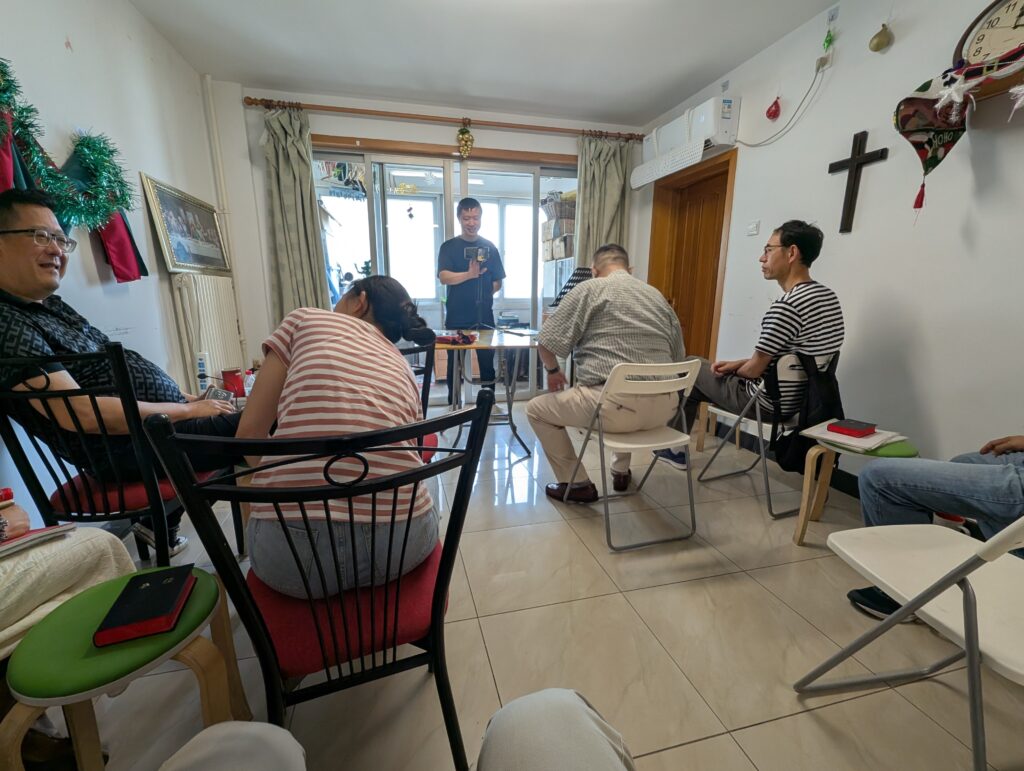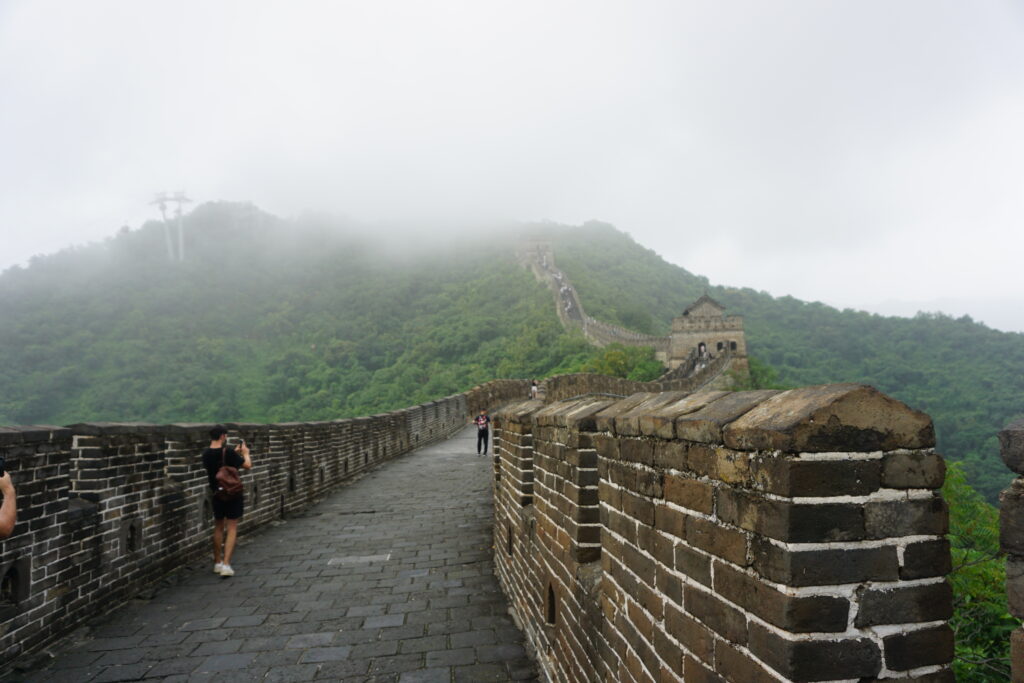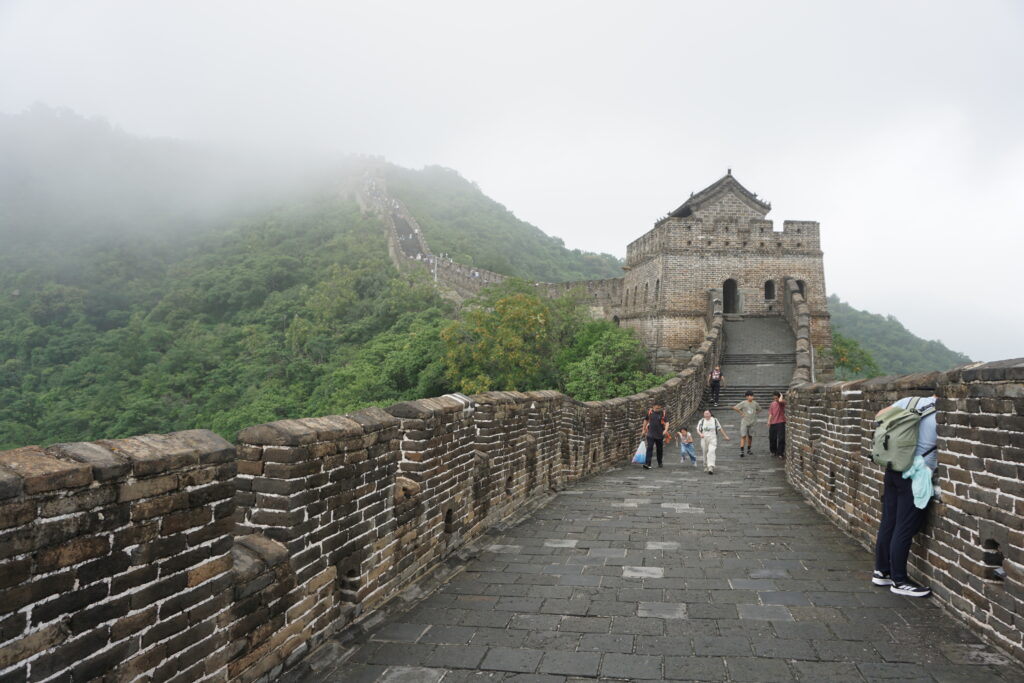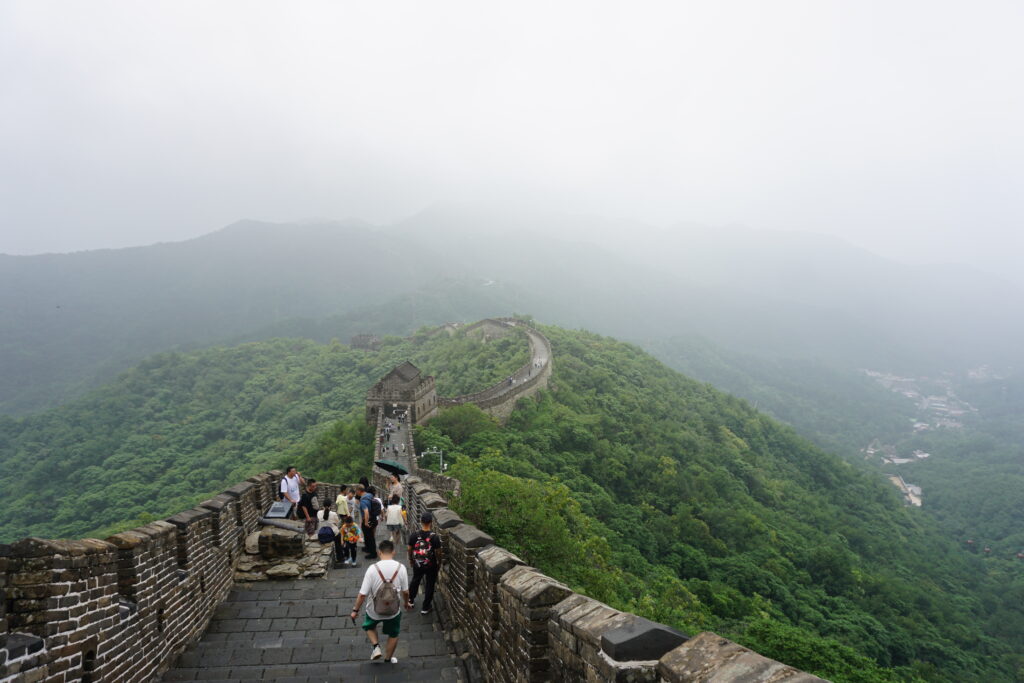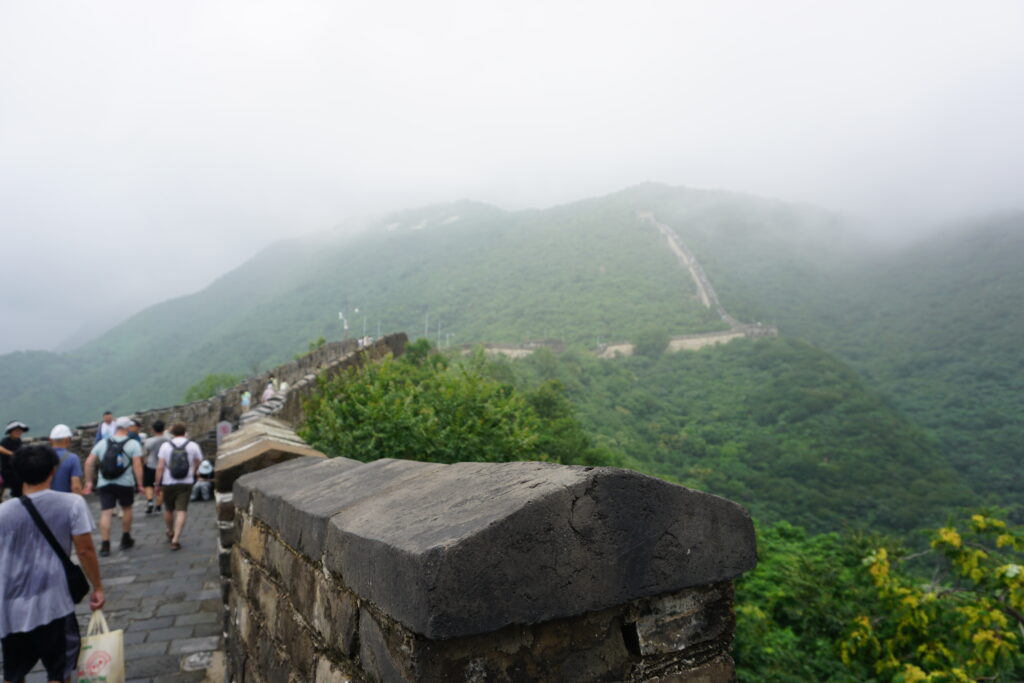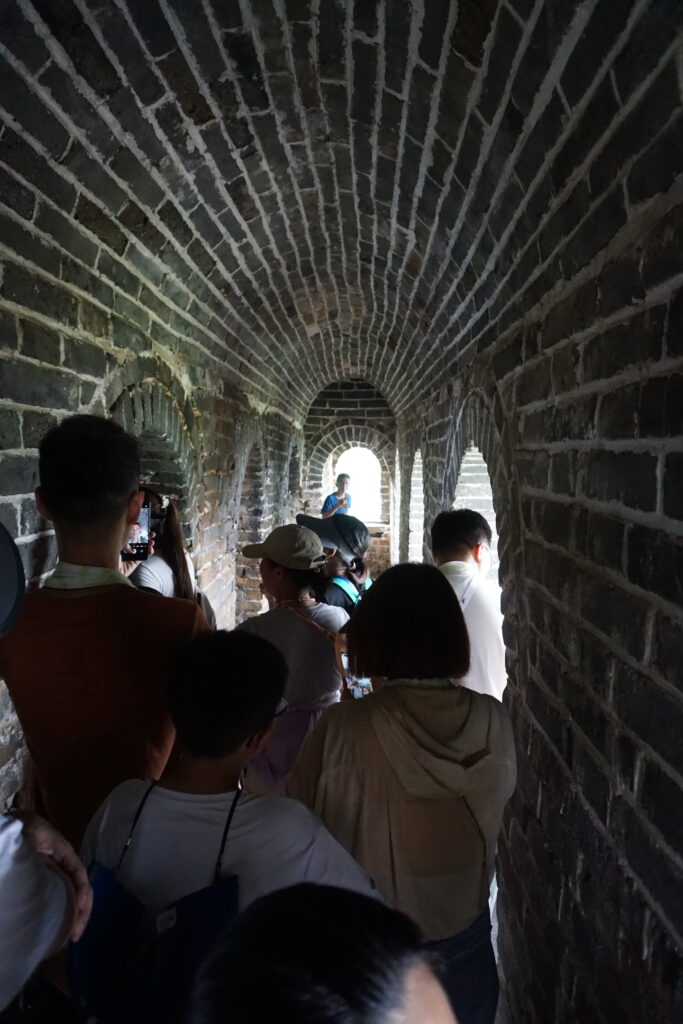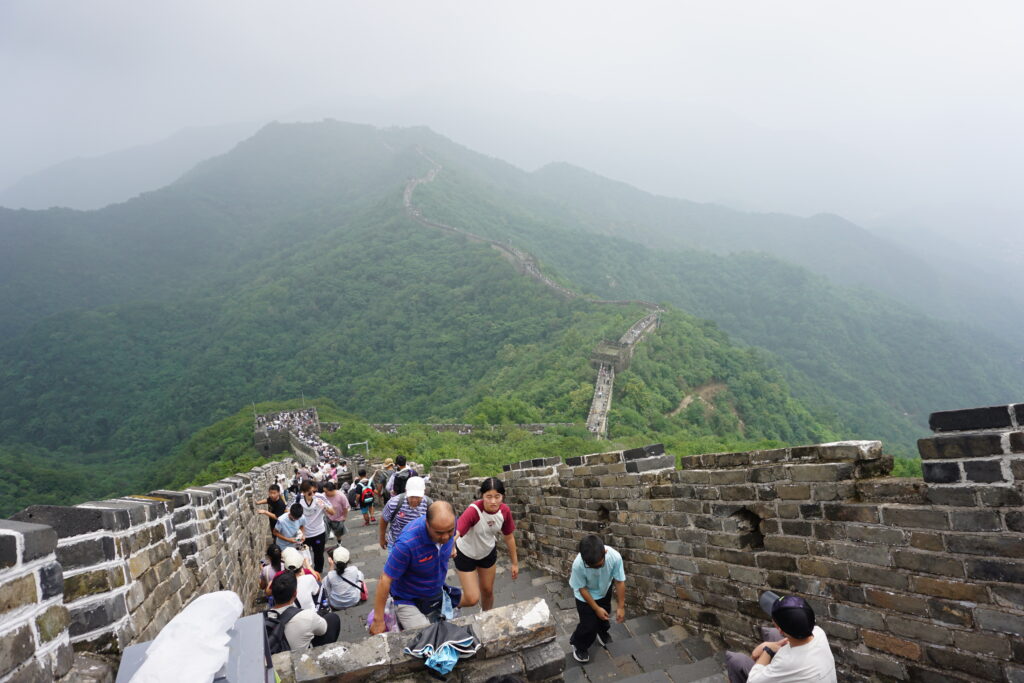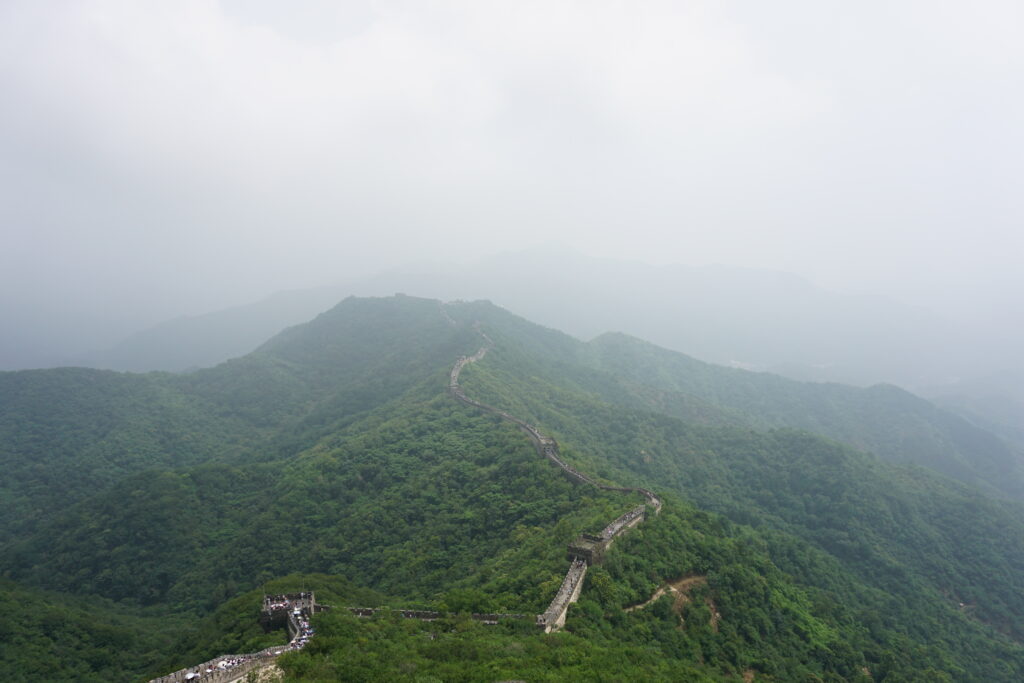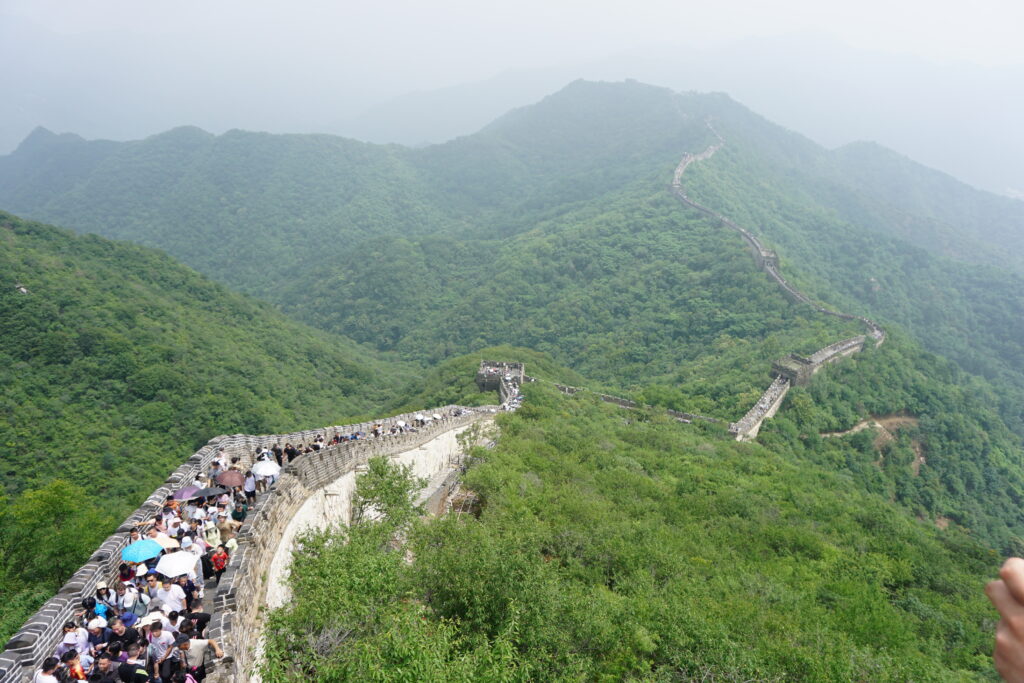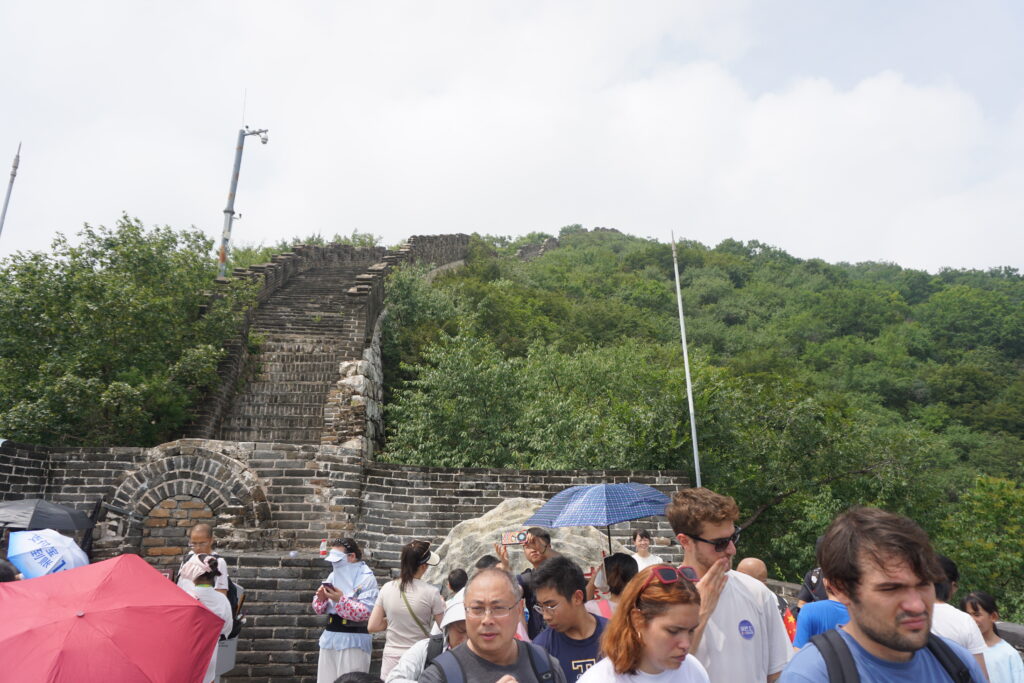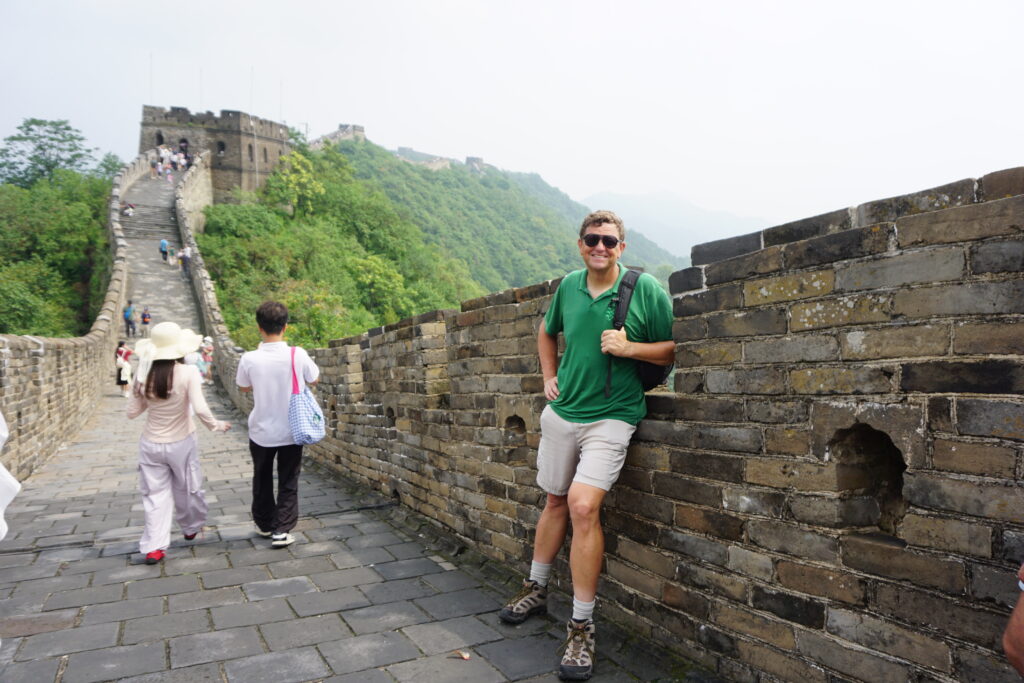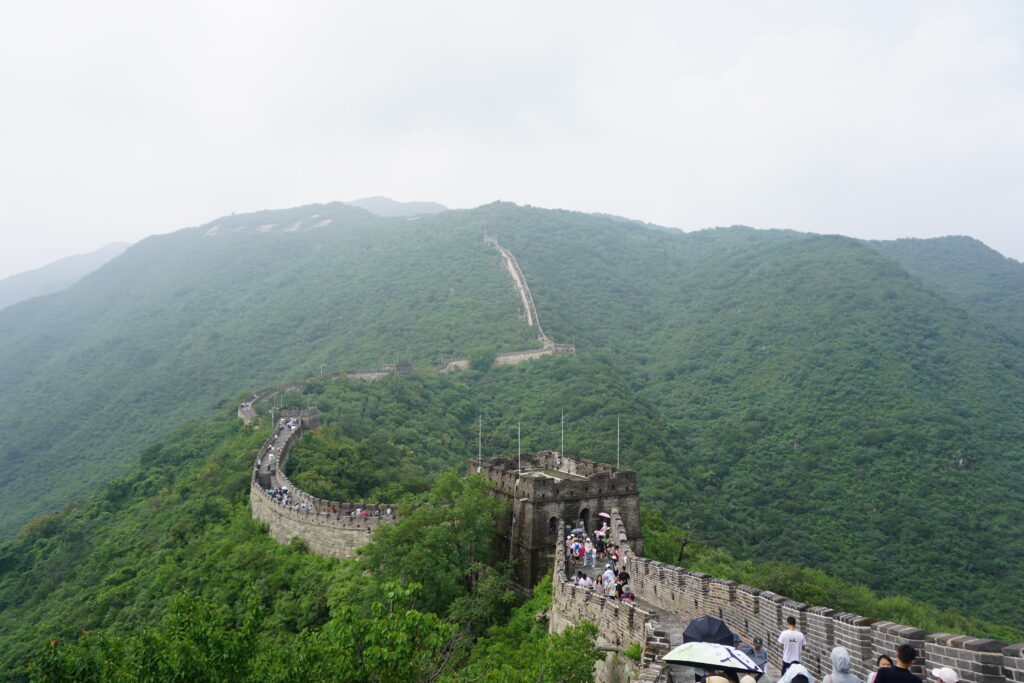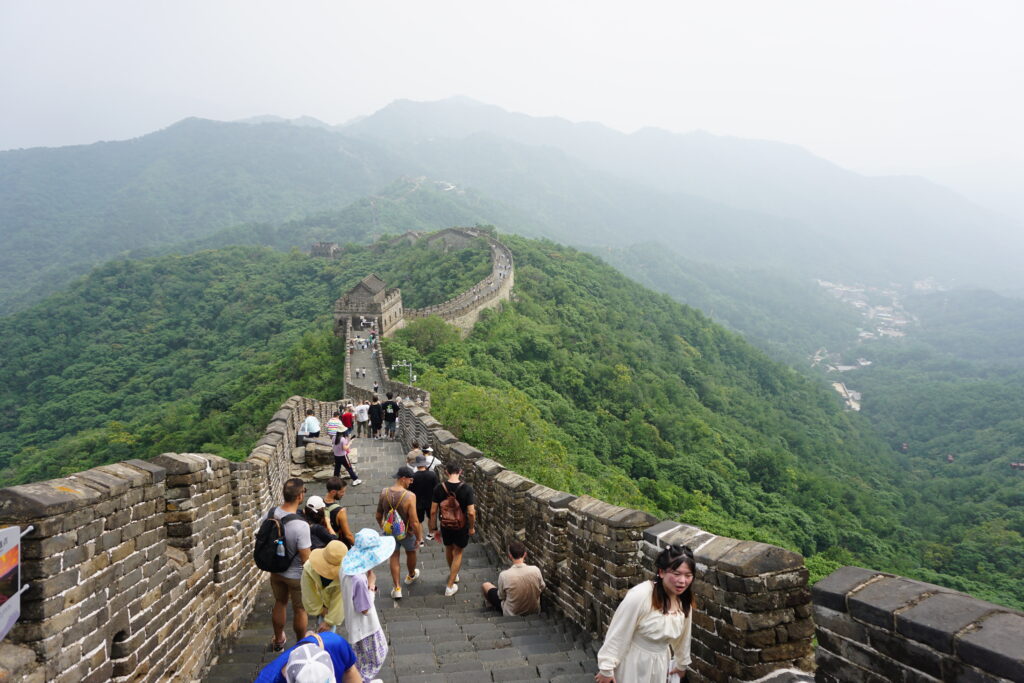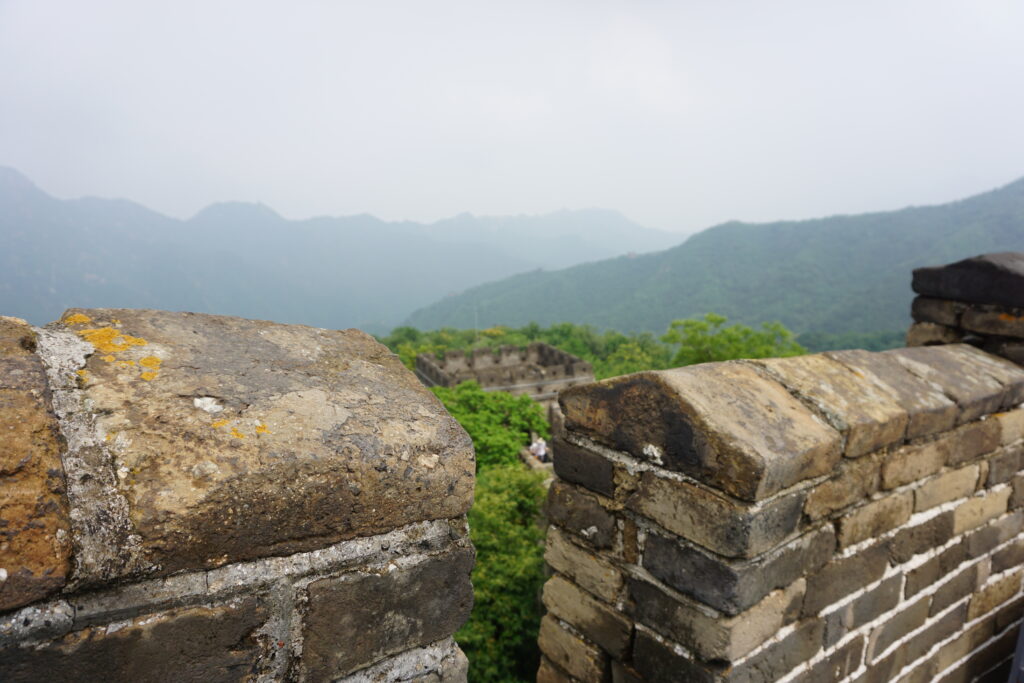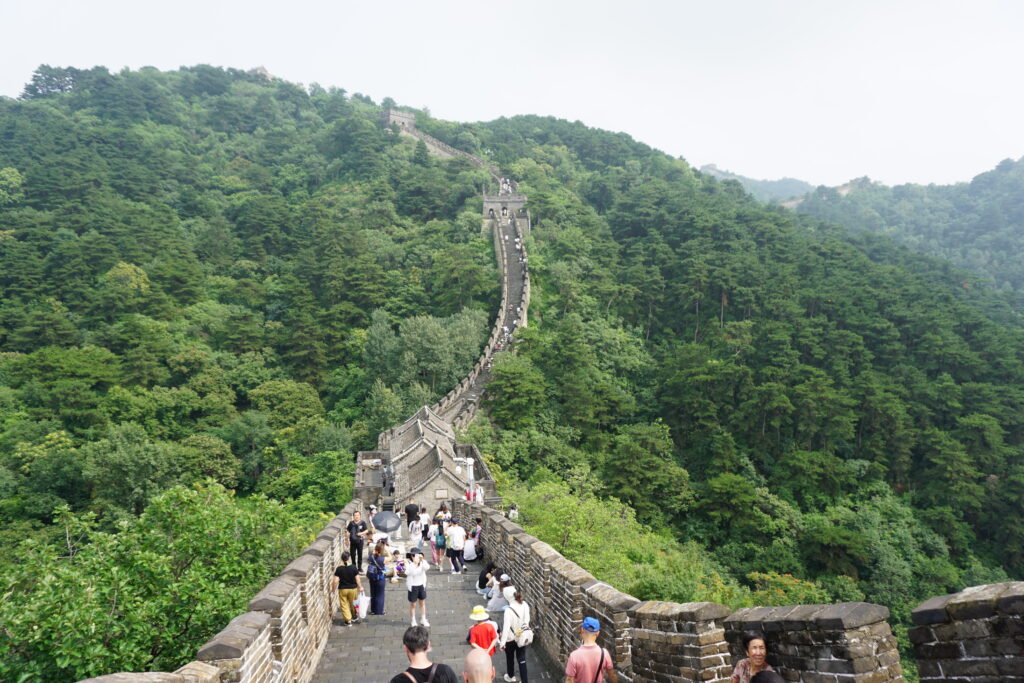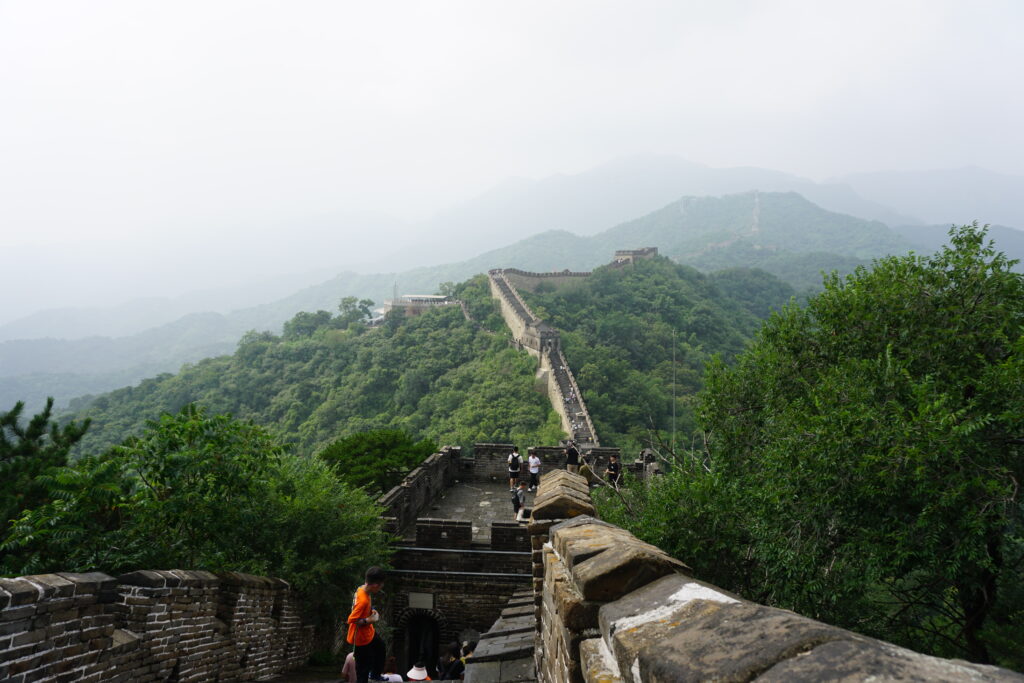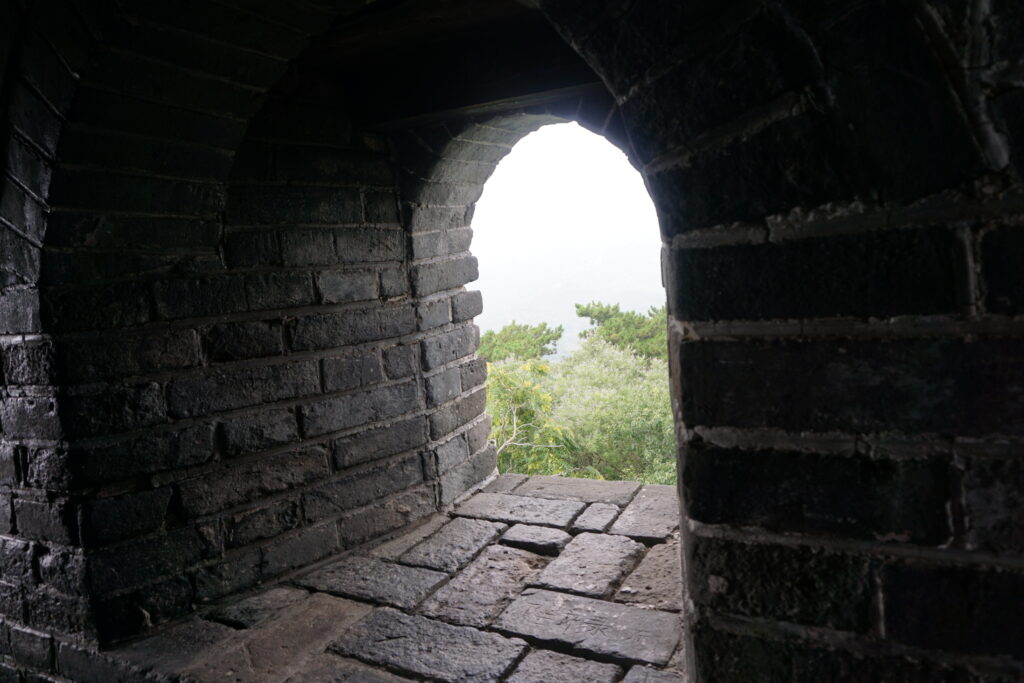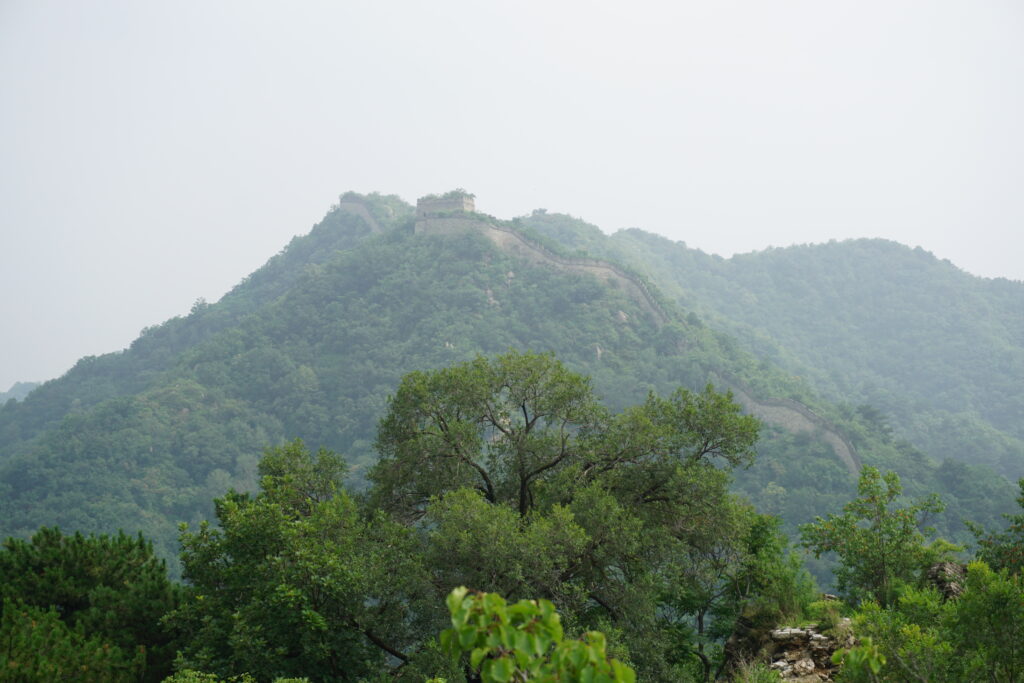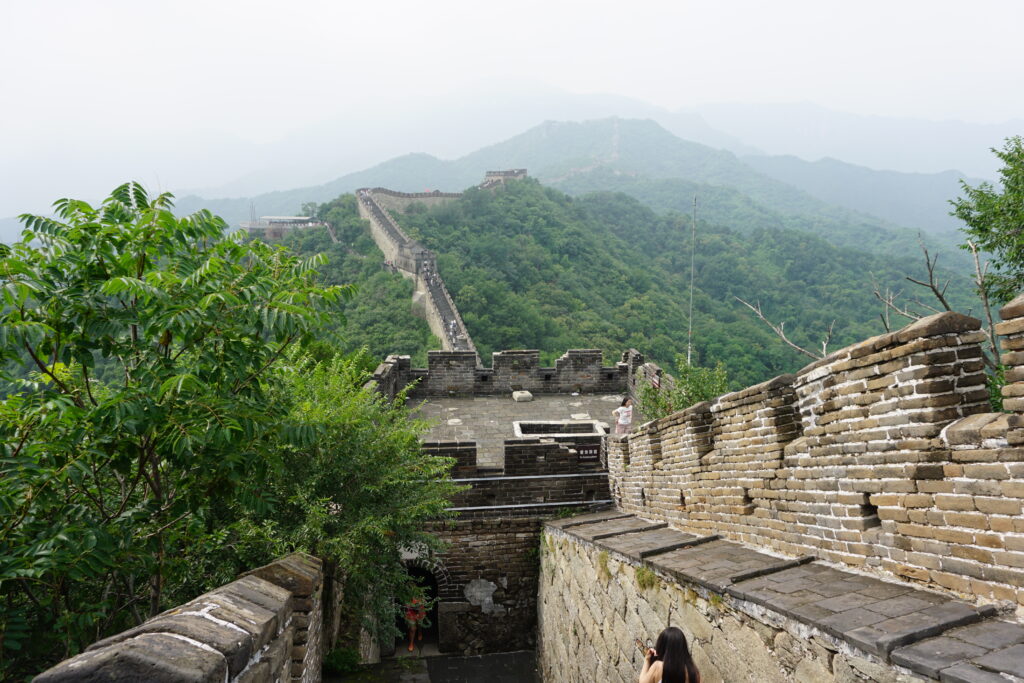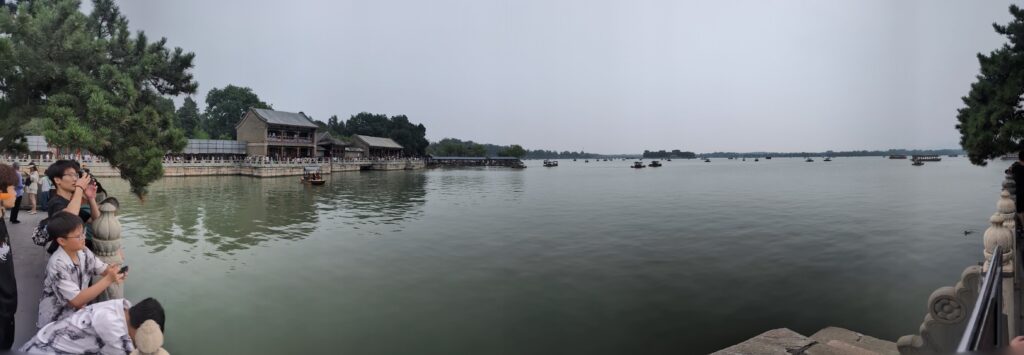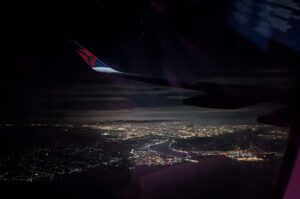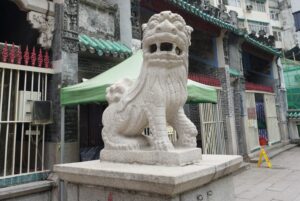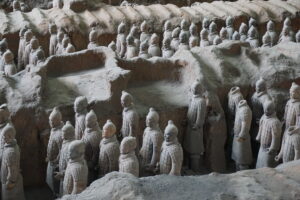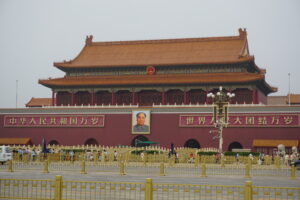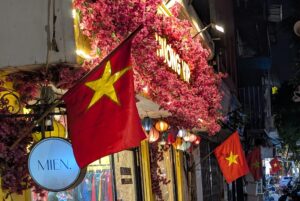Beijing
Tiananmen and the Wall
I arrived in Beijing off of an overnight train from Xi’an. The experience was not bad. I saved some money riding this train vs. the four hour high speed train, and I also saved a night’s stay. The drawback was that I arrived in Beijing at 7:00 a.m., too early to check into a motel. I made my way to the hostel I had booked and dropped off my bags. There was too much time left in the day to waste it. I had, after all, planned to use Friday as a sightseeing day in Beijing and I knew I would not be doing tourist activities for at least most of Sunday, so I headed off to the Summer Palace.
The Summer Palace was a retreat used by Ming and Qing emperors of China. It was the Ming, after all, who had moved the Chinese capital from Nanjing to Beijing. The Forbidden City in the heart of Beijing was their official residence, and the Summer Palace a retreat that they used to “get away” from the business of the city. In that sense, it was somewhat like Versailles. There were many beautiful buildings there, although the architecture did seem a bit redundant. This was the case throughout the Ming and Qing era buildings, not just at the Summer Palace.
The Summer Palace is a sprawling facility stretching over several square miles. It has a large lake, a temple, and of course many buildings for royal residences and entertainments. It is so large many tourists do not see all of it. I tried to cover as much as I could. I walked a lot, and climbed some to the temples and high points. It was somewhat busy, though the Chinese tourist spots got a lot busier after the weekend. It was also warm, and I perspired quite a bit. I periodically found places to sit and recuperate for a few minutes.
As far as I could tell, it was a nice sunny day, though there was the appearance of a light overcast. The air quality was so terrible that this was a man-made overcast. One pagoda that could be seen in the distance was barely visible through the haze. I believe it wasn’t more than a couple of miles away. The air quality was laughably bad the whole time I was around Beijing. This was a notable difference from Xi’an, even though Xi’an is still a city of nearly 10 million people. The air quality is quite visible, though I did not notice any negative health effects. I could not smell or feel it. It just impeded visibility – a lot. I suppose that’s why the Chinese Communist Party put so much effort into clearing up the air pollution in the months leading up to the 2008 Olympic Games hosted there.
I returned to the hostel that evening and decided to eat out before showering off and calling it a night. I made friends with a Polish tourist staying in my hostel, and we found a nearby Chinese food restaurant. I tried to crash out early, because I had a very early morning planned for Saturday.
(Continued)
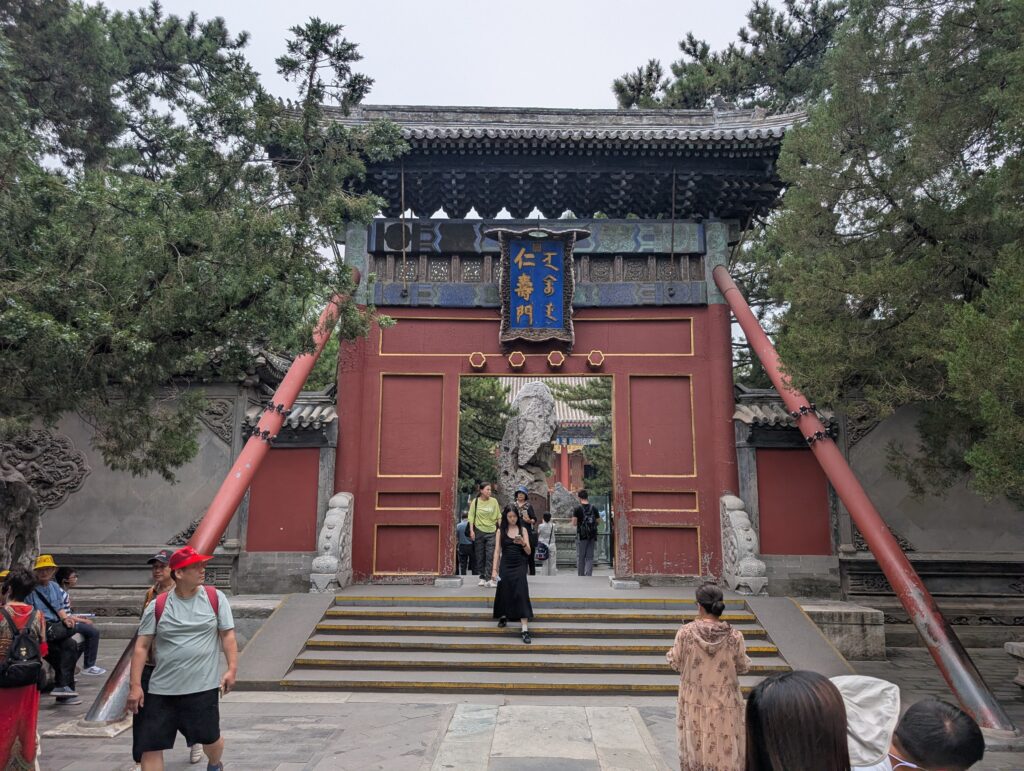
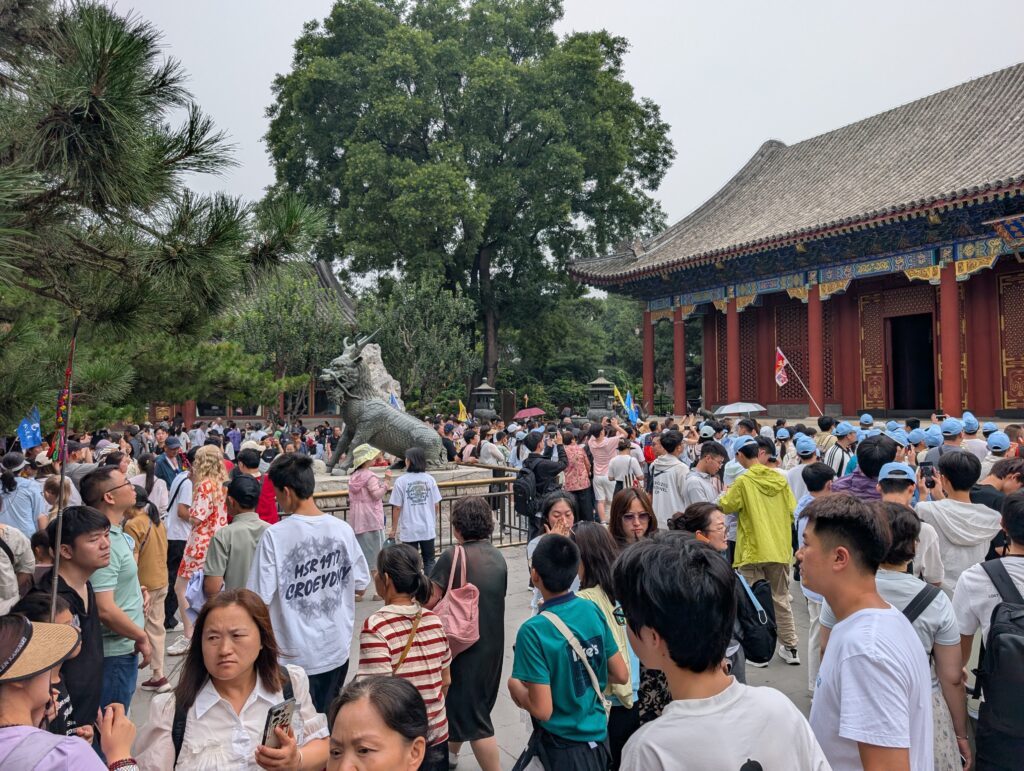
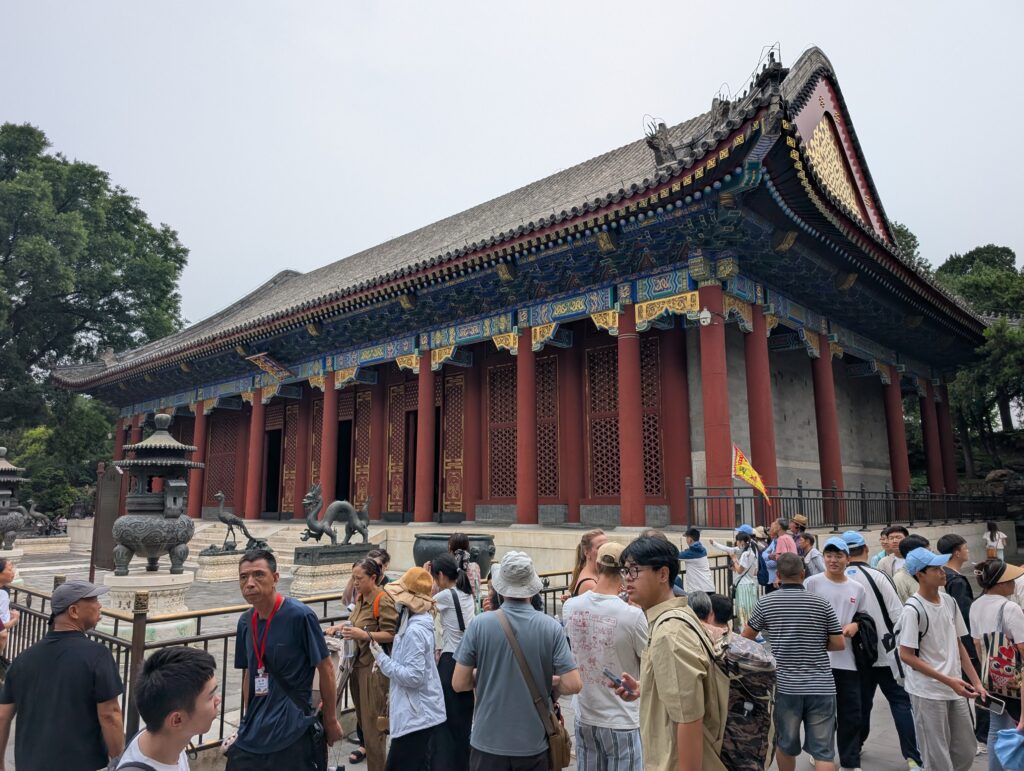
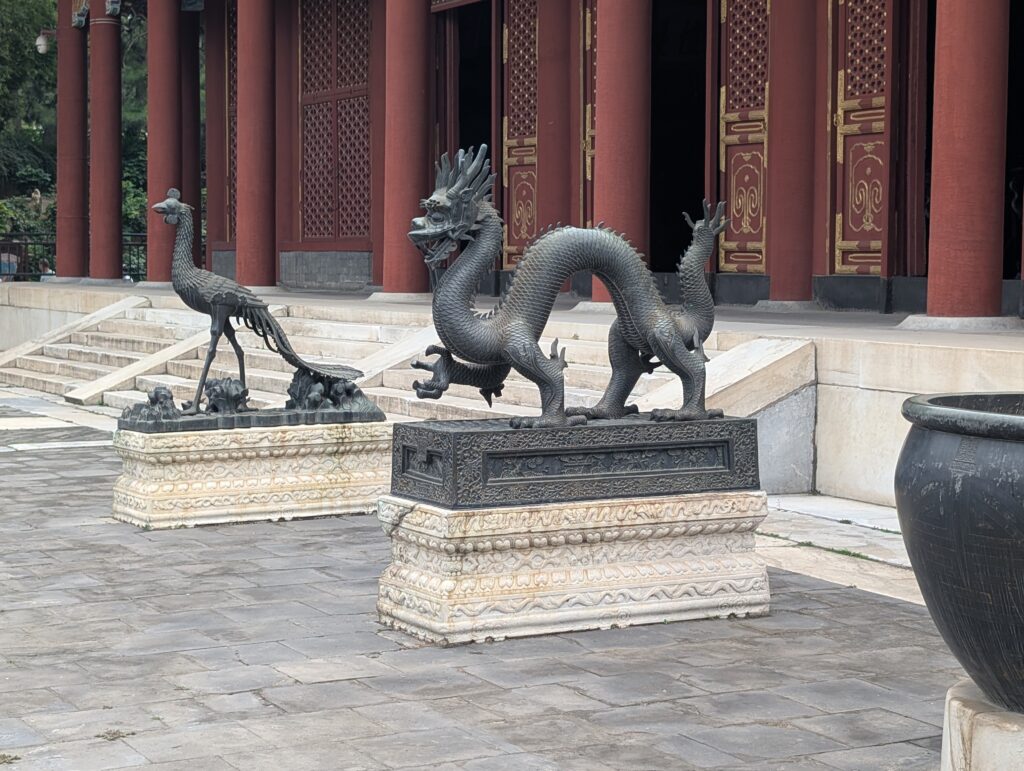
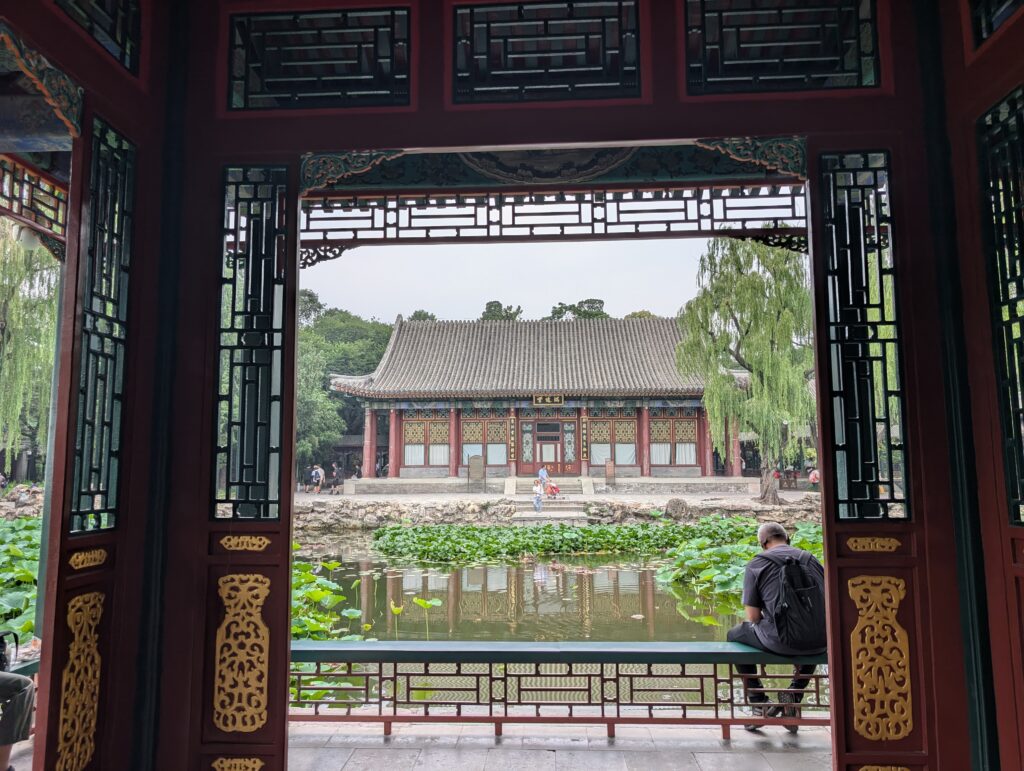
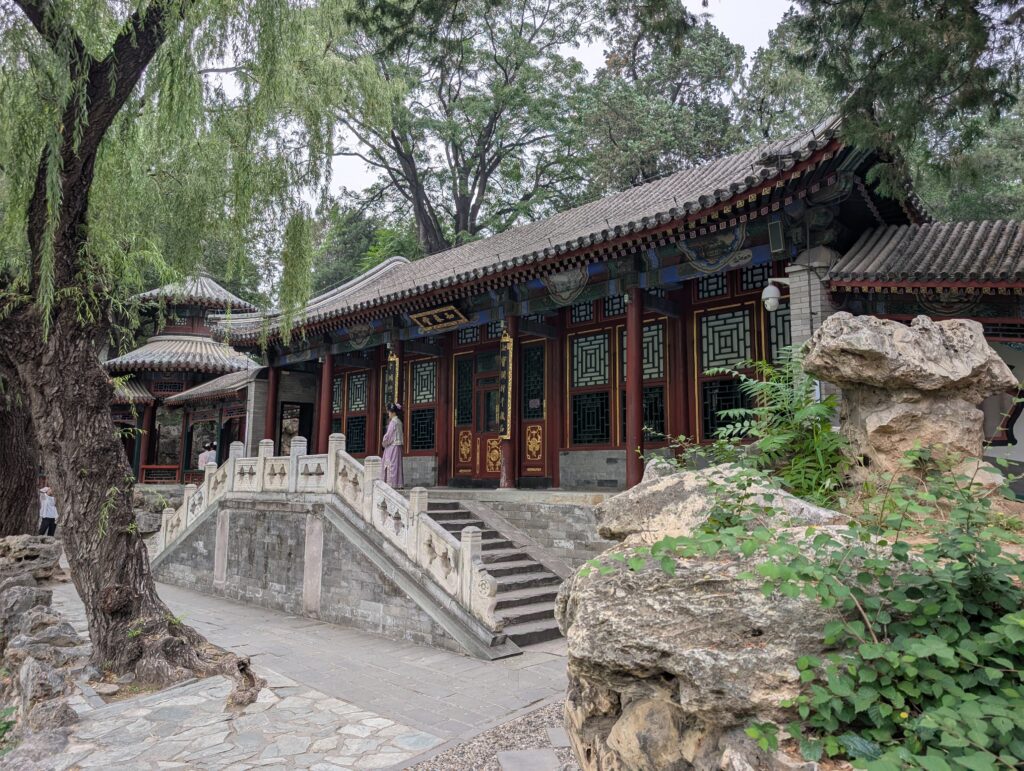
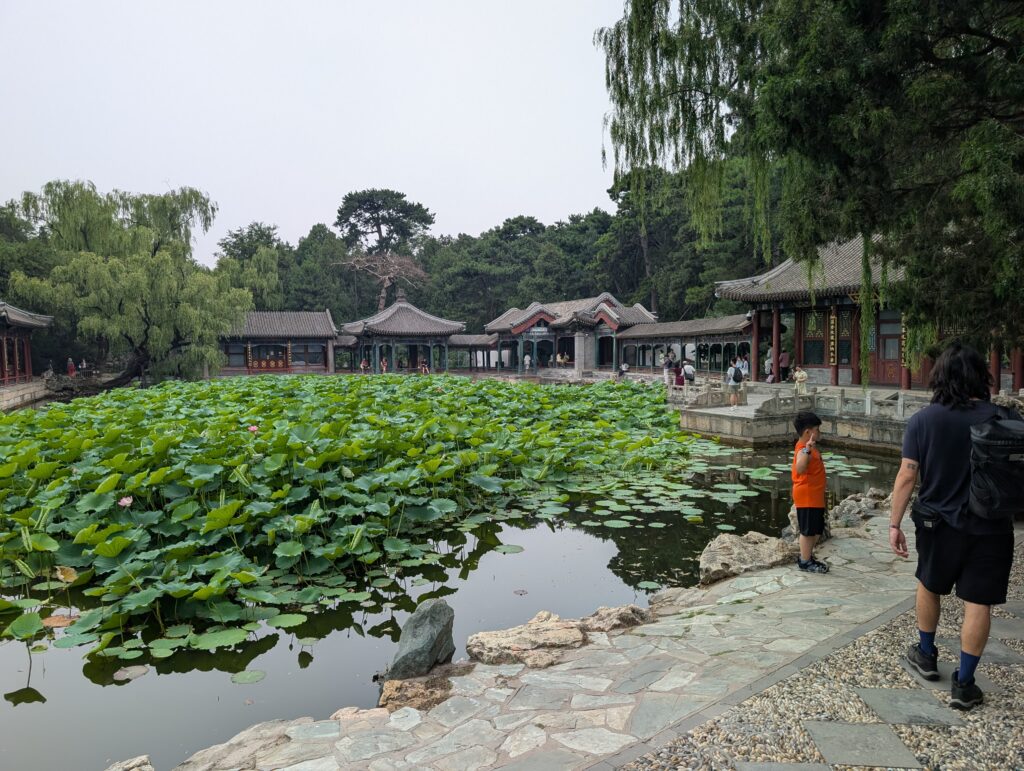
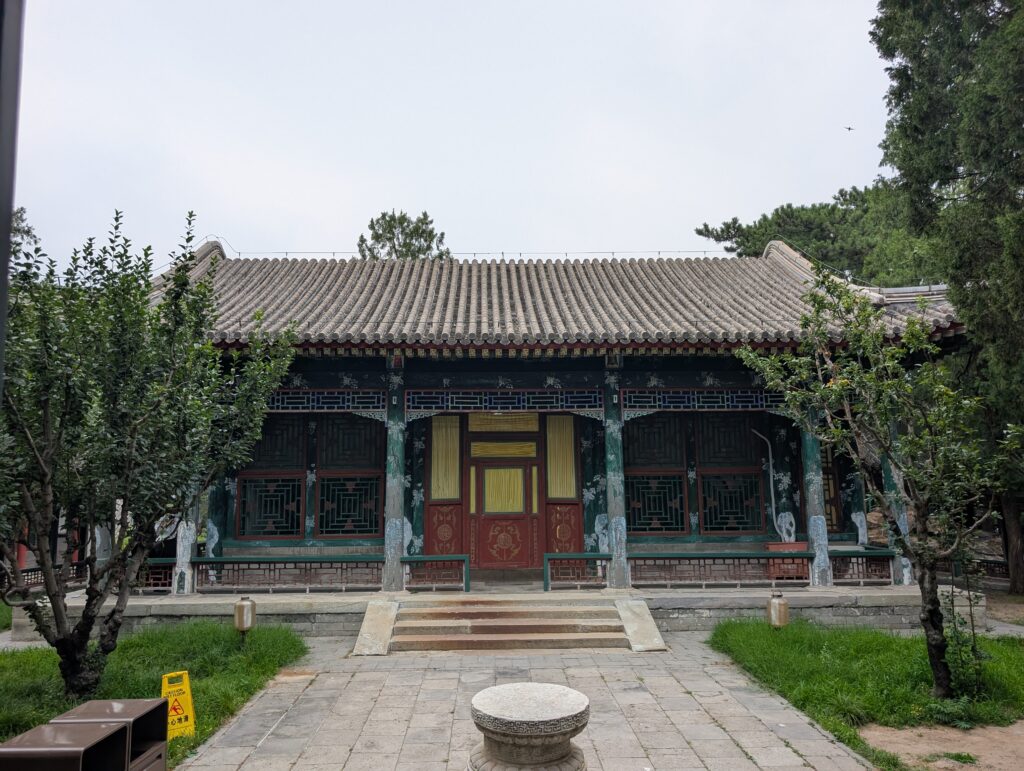
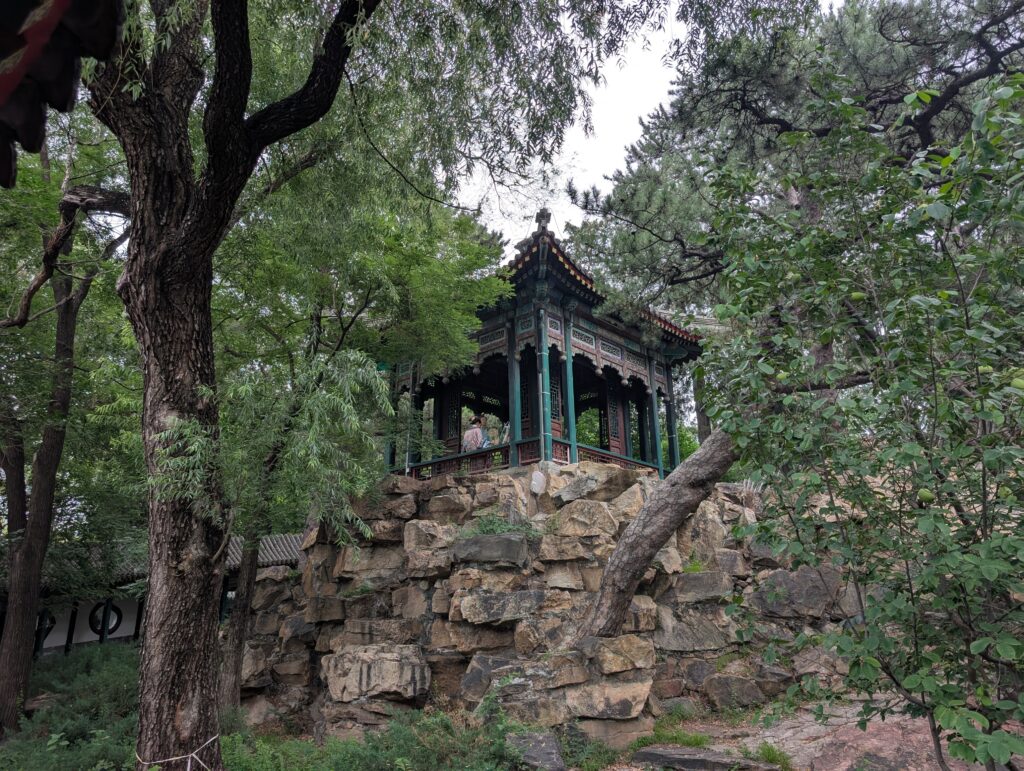
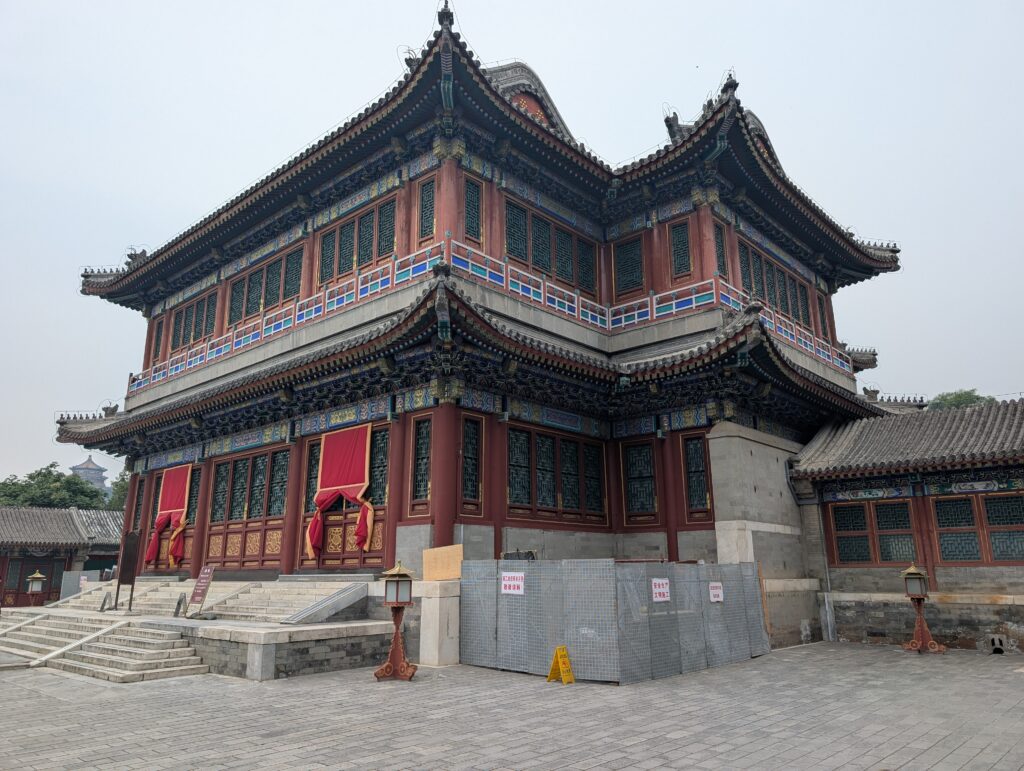
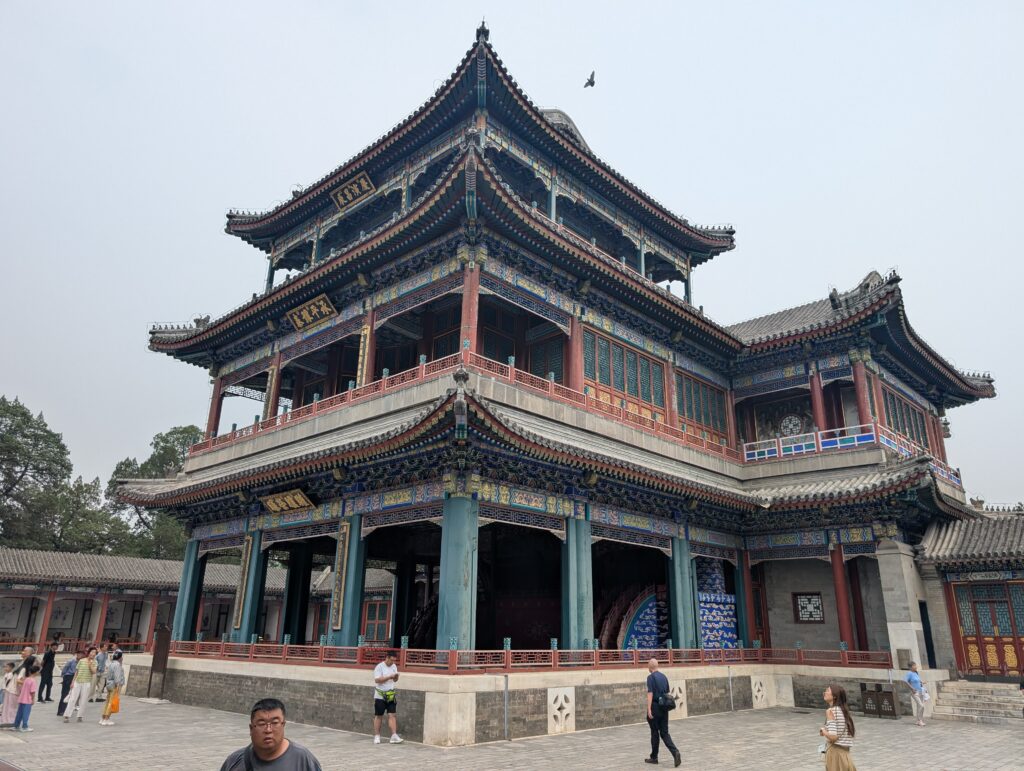
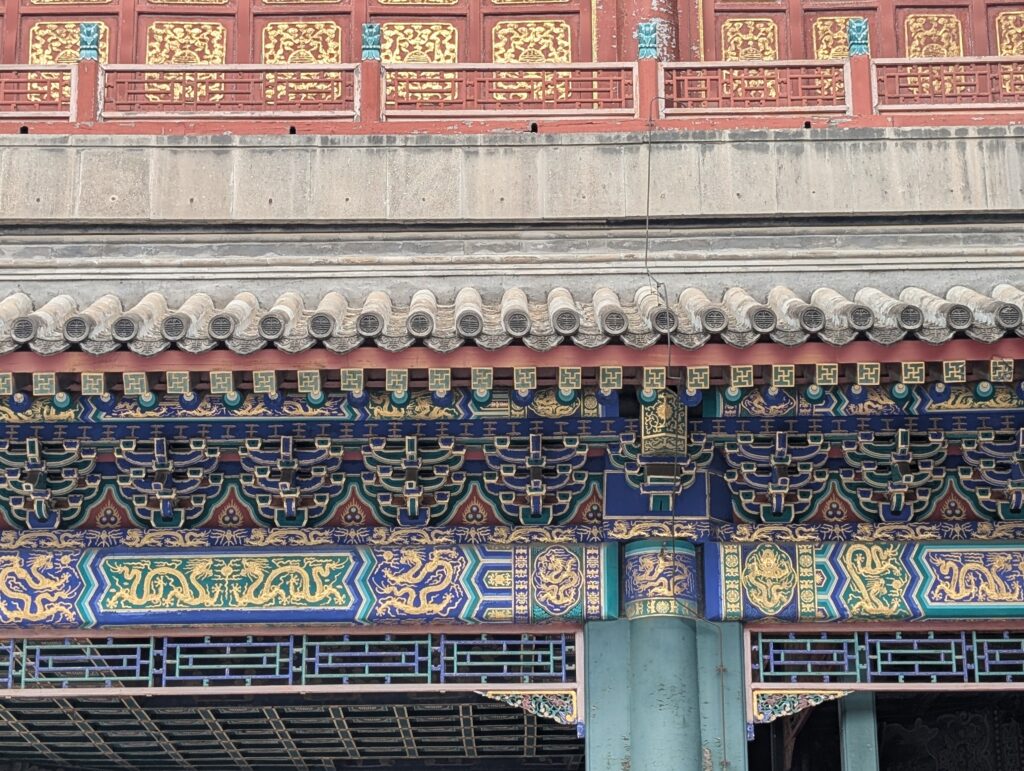
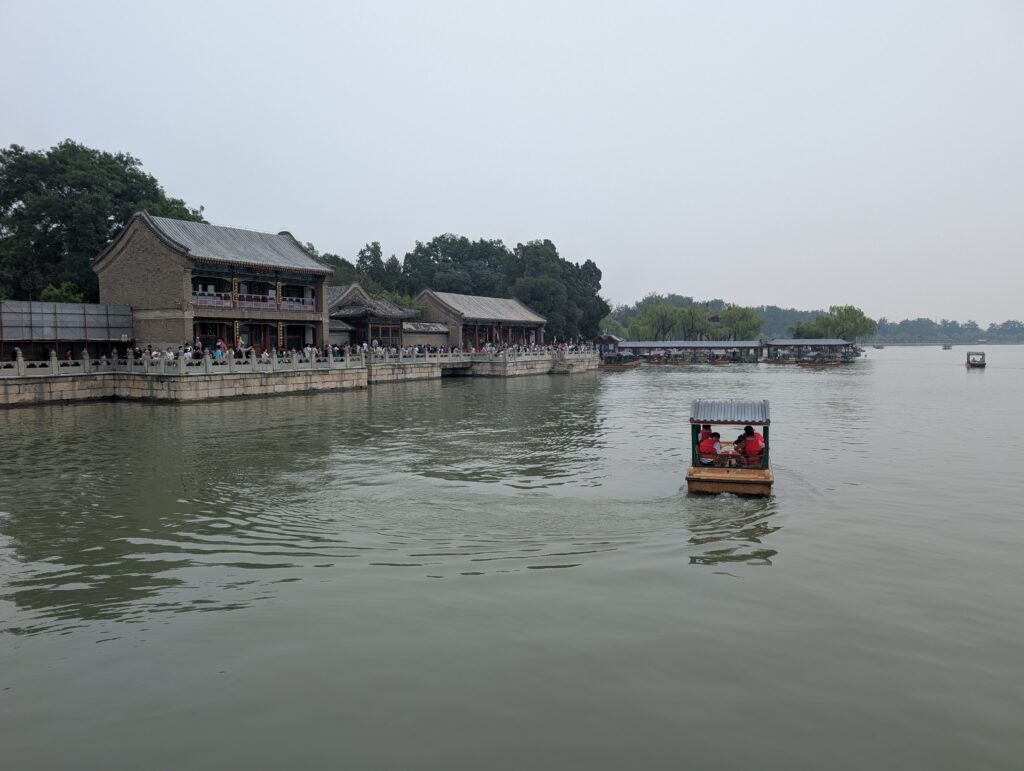
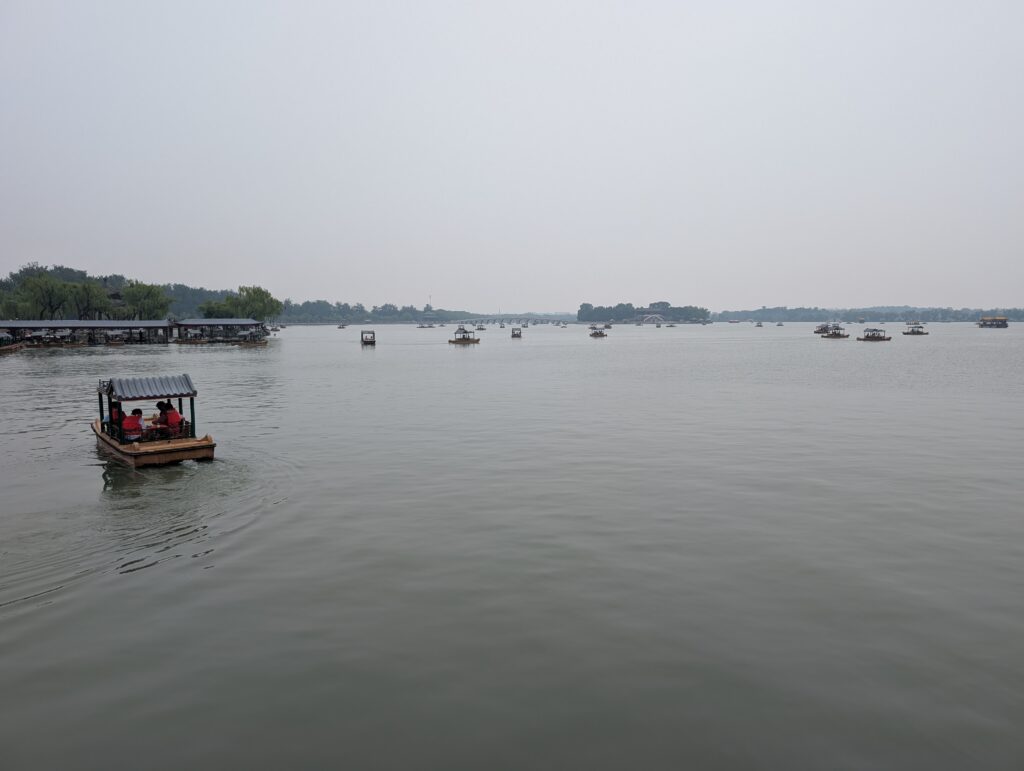
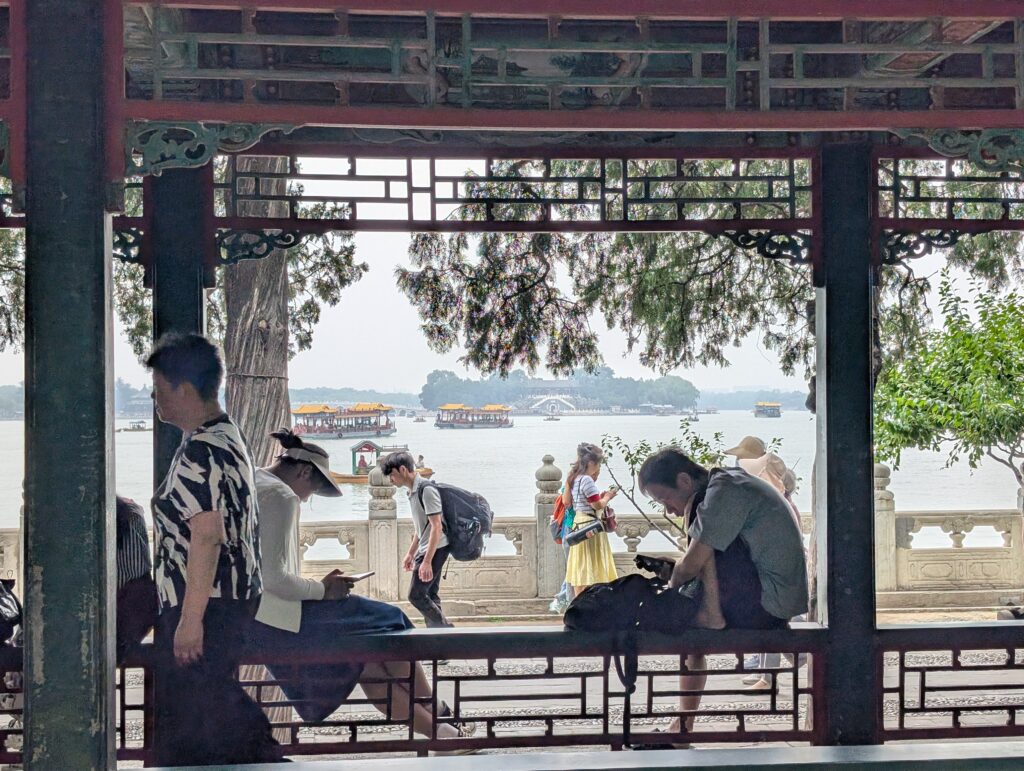
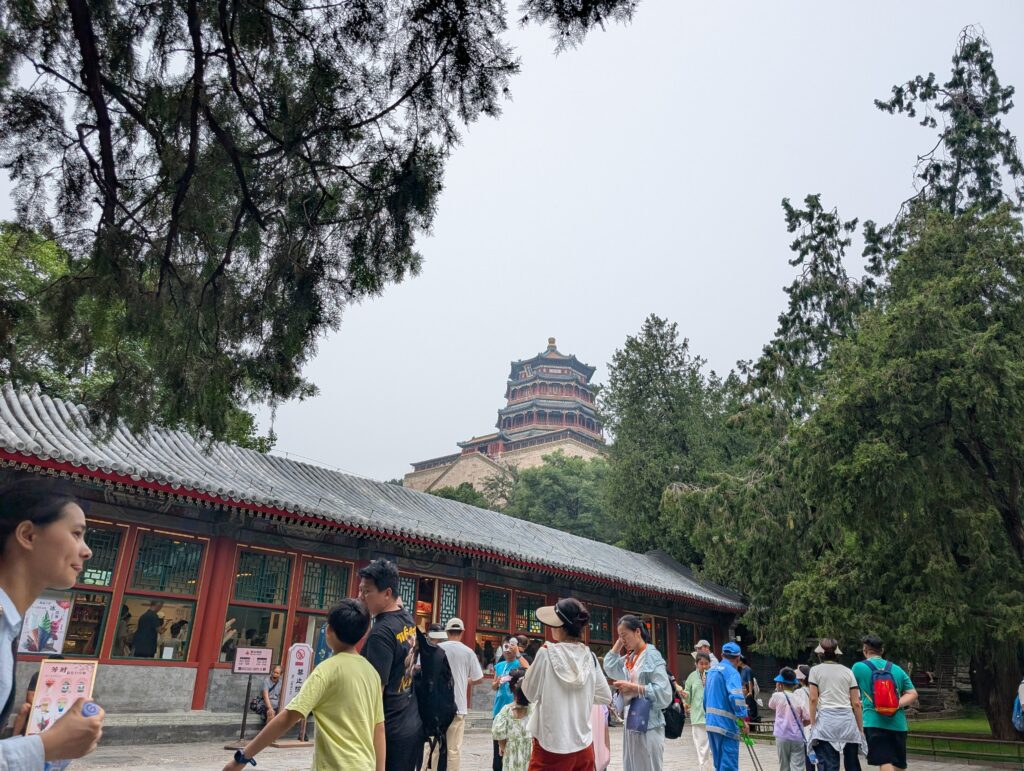
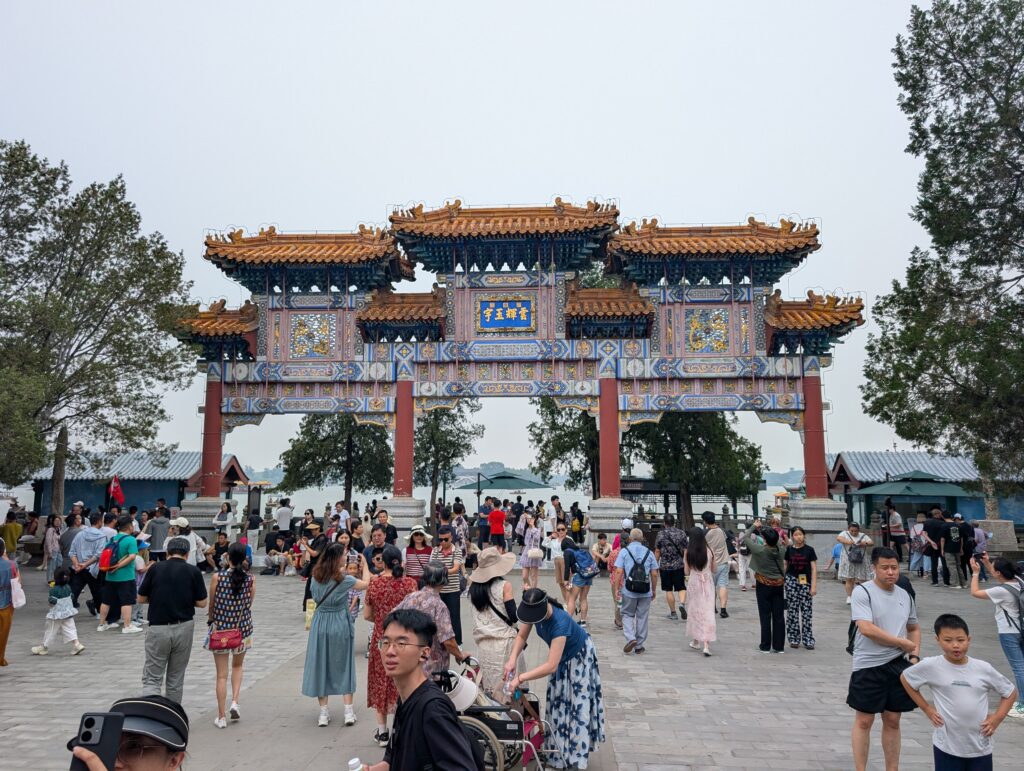
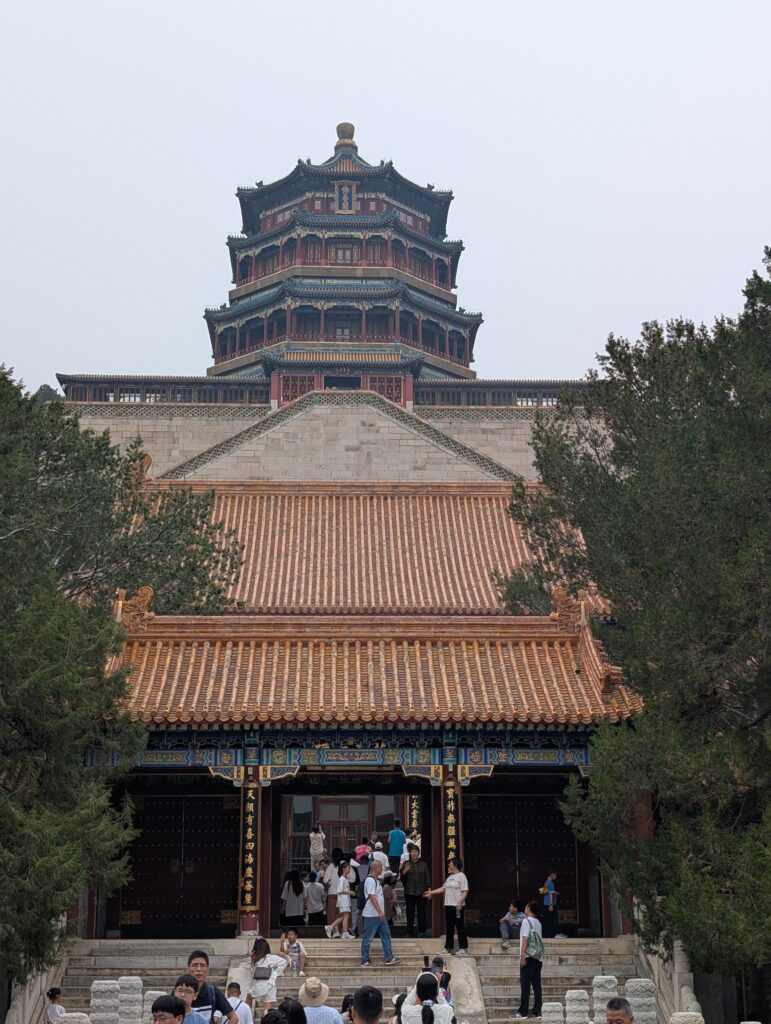
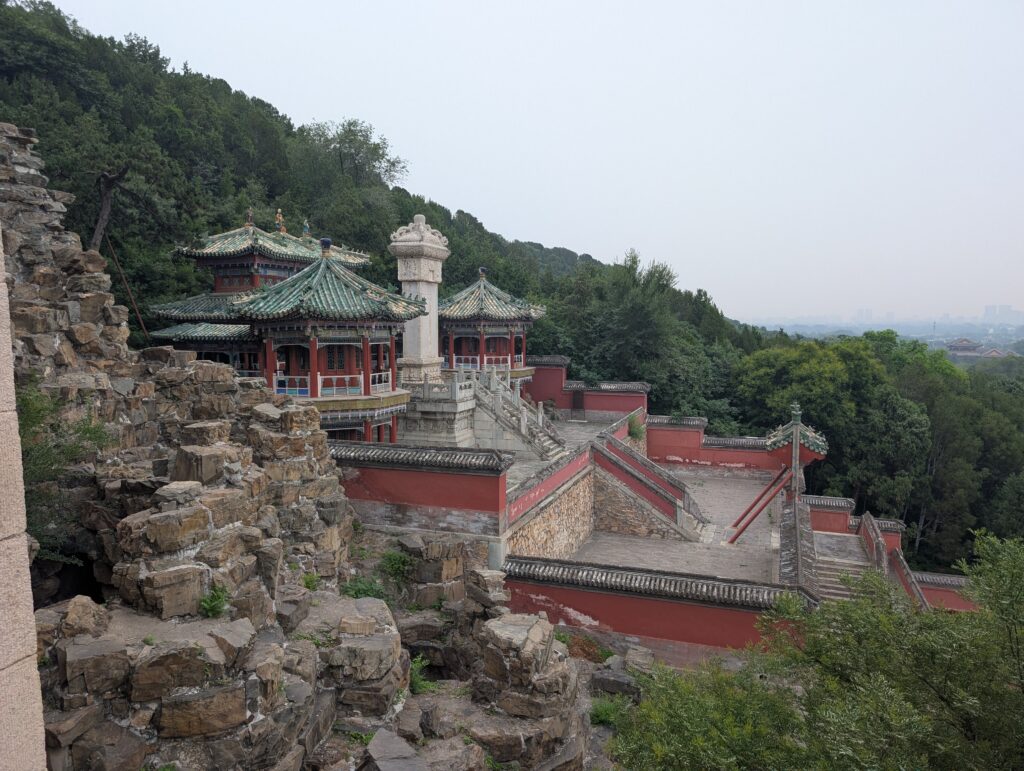
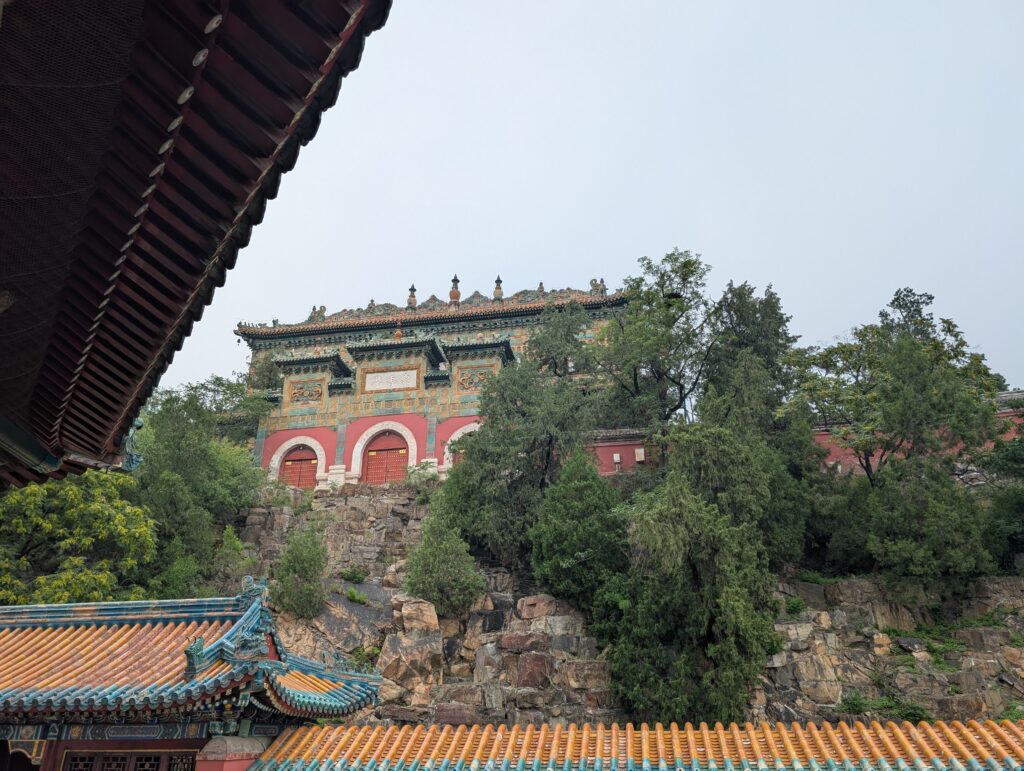
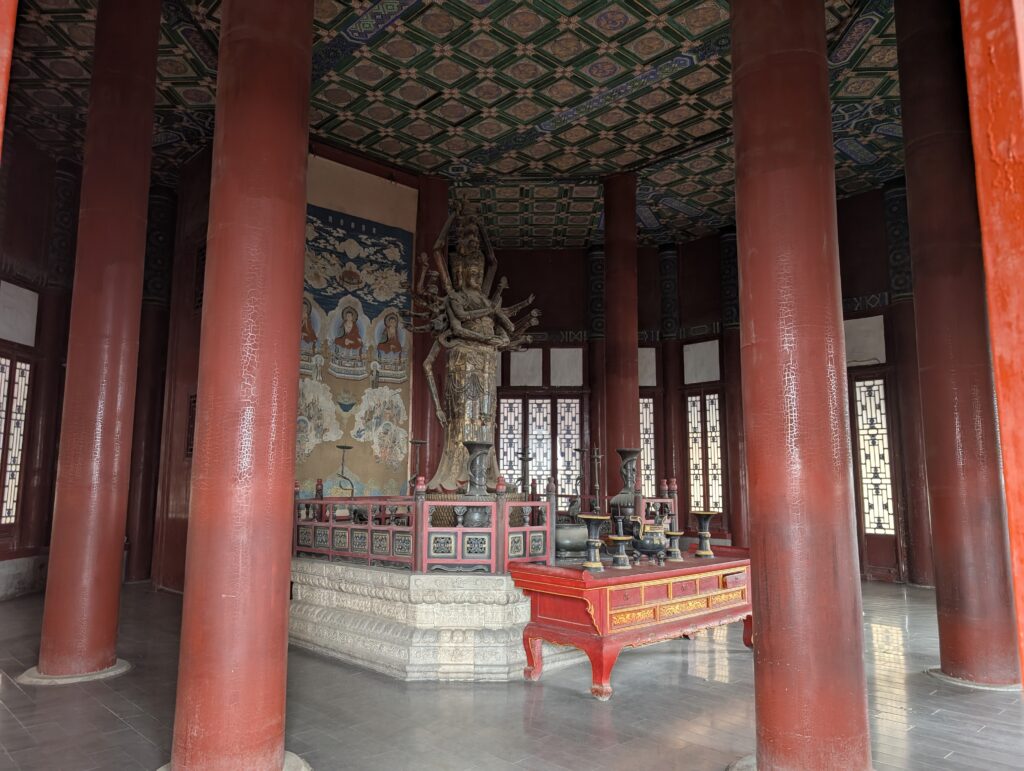
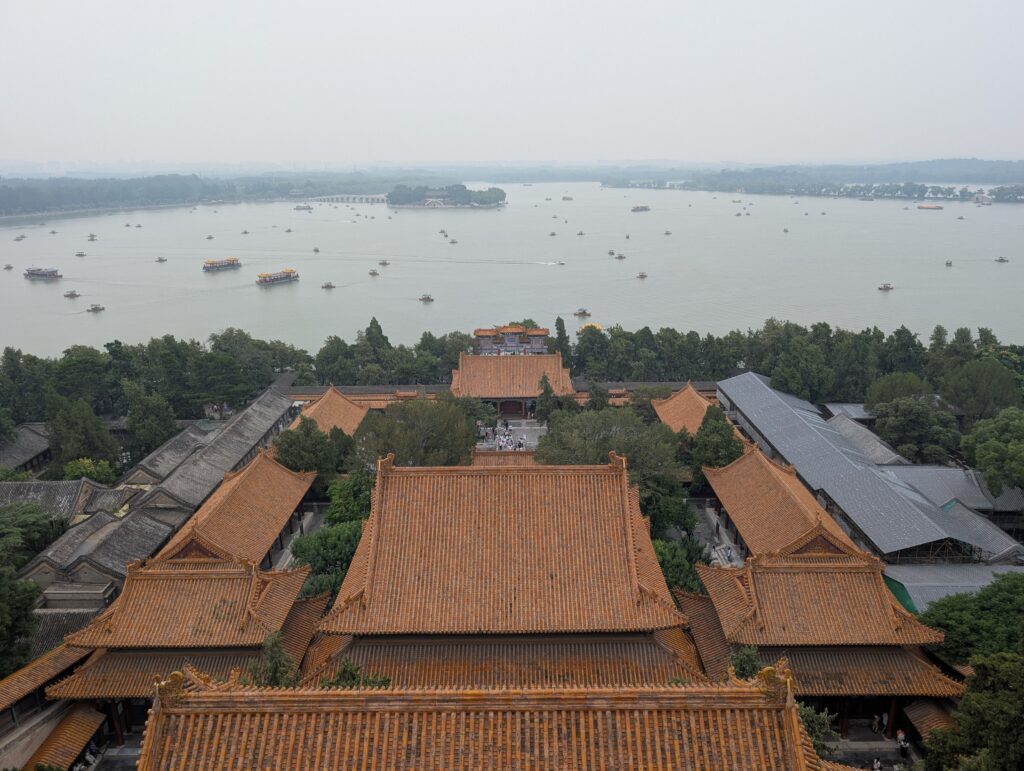
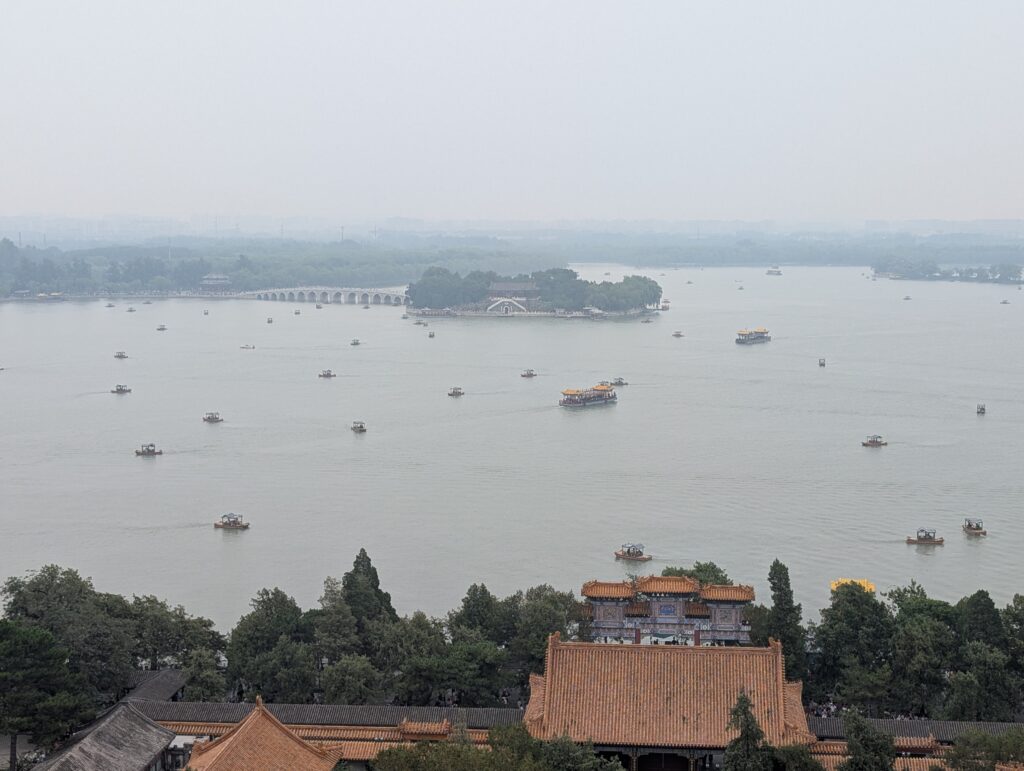
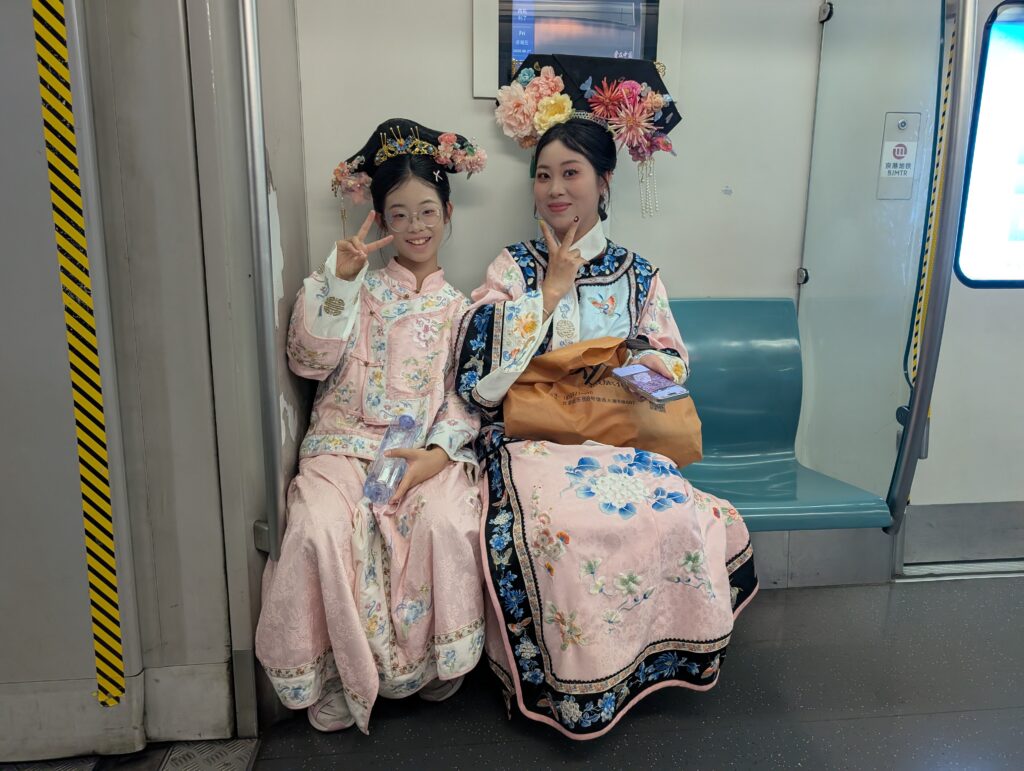
I rose at about 3:00 a.m. on Saturday in an effort to see the flag raising ceremony at Tiananmen Square. It is an elaborate procedure executed at dawn. Thousands of people make their way to the event. Many patriotic Chinese even camp out the night before to get the prime spots. A precision military squad brings in and raises the flag as the tens of thousands of people on scene sing the national anthem.
It costs nothing to attend this unique event. You have to reserve an entry time on a WeChat applet, however. The entire applet is in Chinese, creating some barrier to entry. There are a few other things to do at Tiananmen Square. There are modern monuments and political buildings. Mao’s mausoleum is there, though I have been told the body on display that so many line up for hours to see is actually a wax figure. I spent a couple of hours walking the grounds, but had no interest in paying respects to a wax figure representing the body of Mao Zedong. I munched on some dumplings, then made my way over to see if I could get into the Forbidden City right near the opening time.
Normally, reservations are needed at least a day in advance to visit. You must also use an all Chinese WeChat applet to make this reservation as well. There are so relatively few foreign tourists to these major sites, though, that the Chinese government allows foreigners to buy tickets on a walk up basis to the Forbidden City. I grabbed my 60 yuan ticket and went in right at about 8:30. I paid an extra 40 for an automated English audio guide, but that proved to be mostly a waste. The audio guide was supposed to come on automatically as you approached different points of interest. The information was translated poorly, triggered less than half the time, and was occasionally completely wrong about what was being visited at a given location.
The grounds of the Forbidden City, like the Summer Palace are very large and require substantial walking. Again, most tourists cherry pick the highlights and skip much of the tour. I bypassed a little of the periphery since it has already been a long day and my audio guide wasn’t working consistently. I had already spent over six hours there, and many of the places I missed were closed anyhow. I consider myself to have visited thoroughly.
I took a nice shower and headed back out after a brief rest in search of some Peking Duck with my Polish friend, Stan. We were unsuccessful, fortunately. To learn why this was fortunate, see the China food page here (link). After a good meal that was not Peking Duck, I spent some time visiting with the hostel staff, then called it a night. My friends at the church in Taipei had put me in contact with some brothers meeting at a house church in Beijing. I worshiped there after running a 5k in good time early Sunday morning. I discuss that worship experience in detail here (link). We had a wonderful time, and a good service. I learned a lot about how the church functions in China.
(Continued)
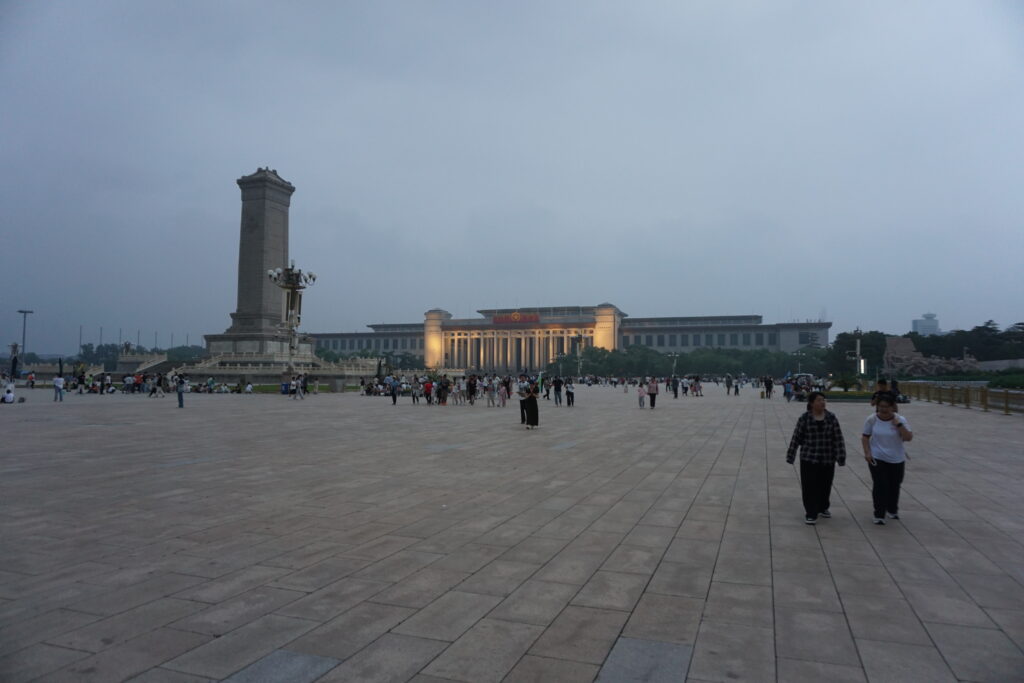
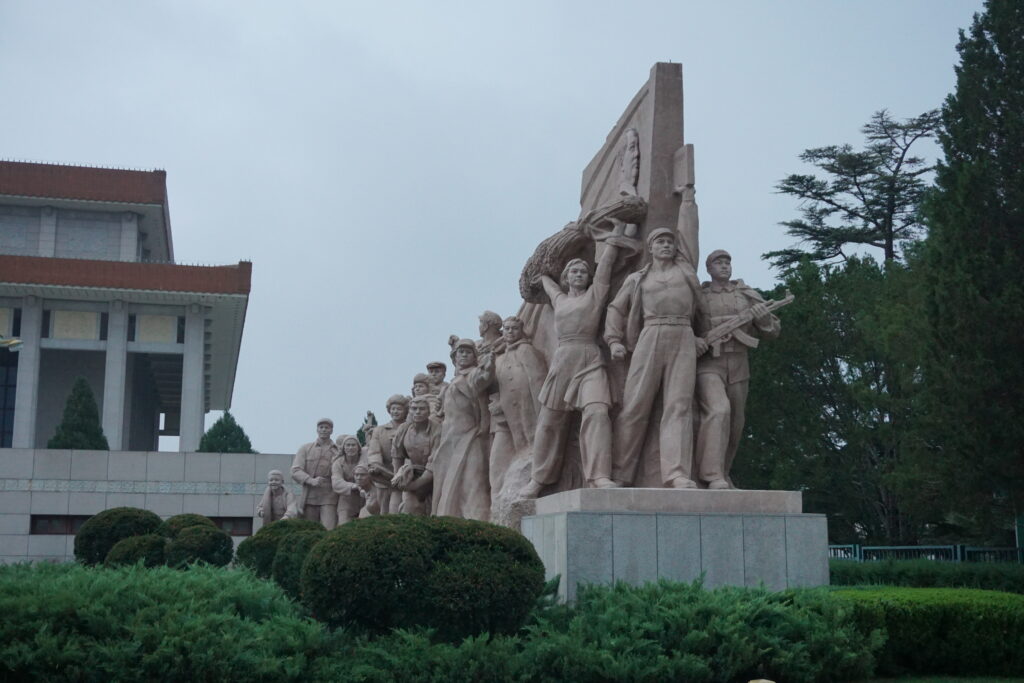
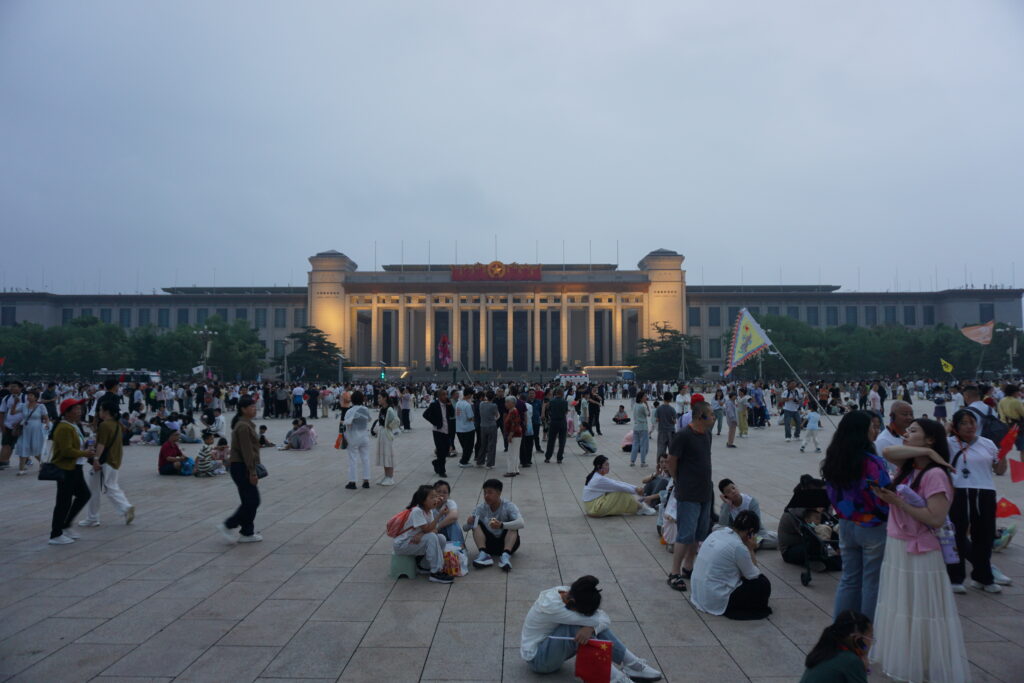
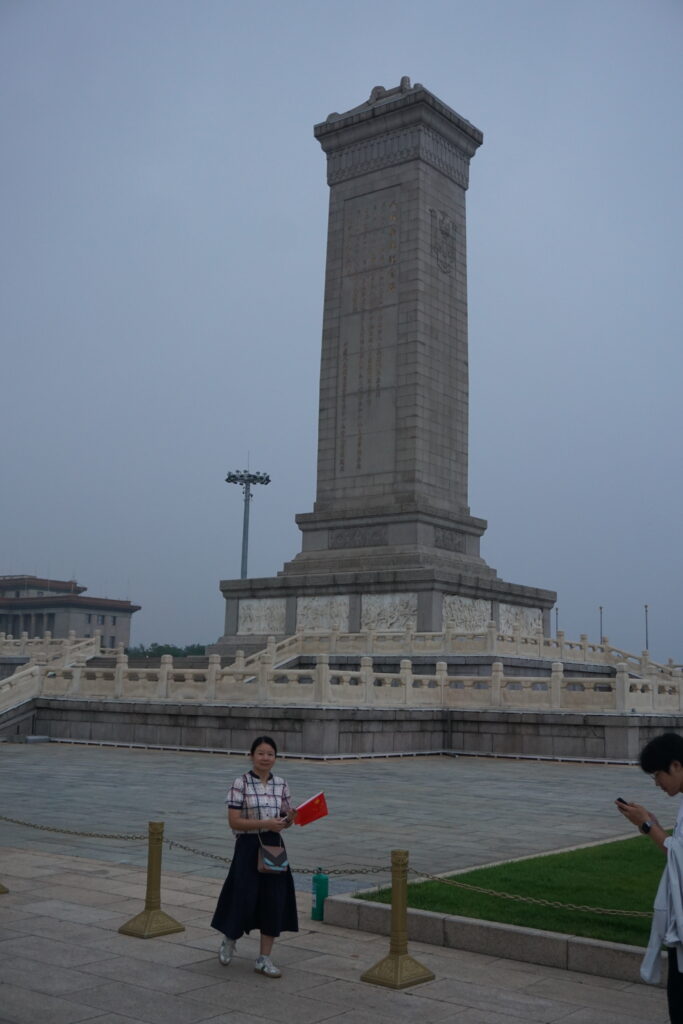
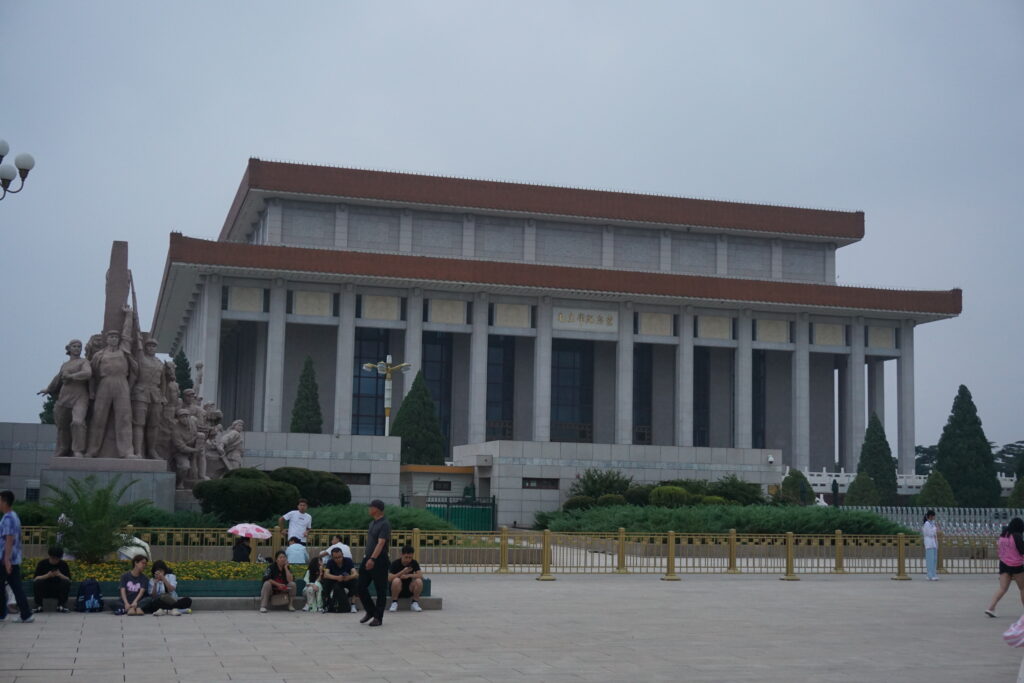
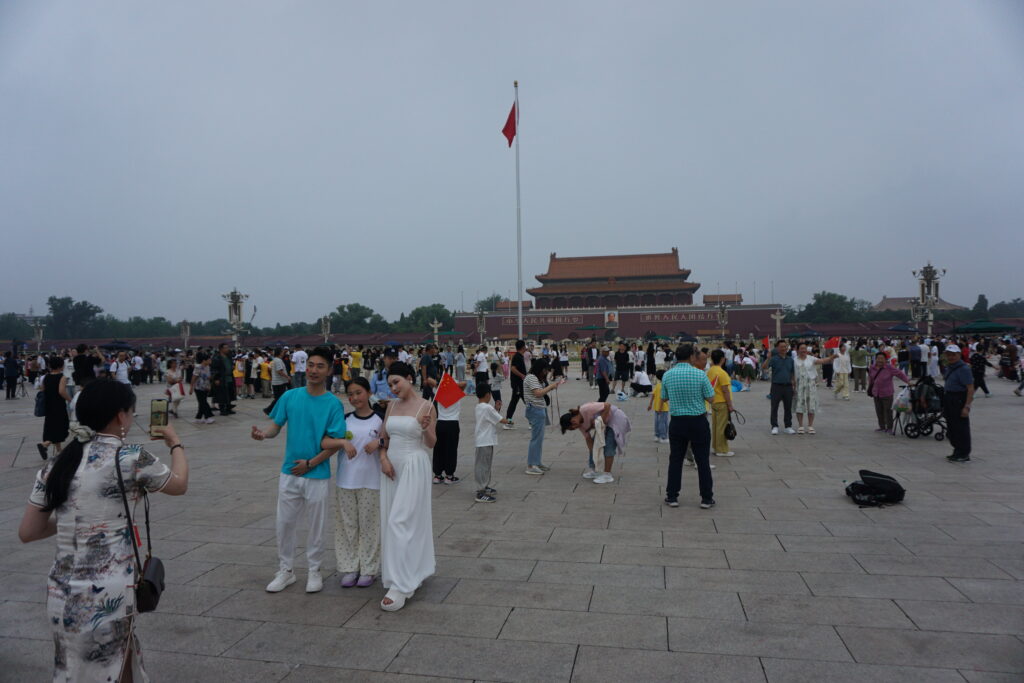
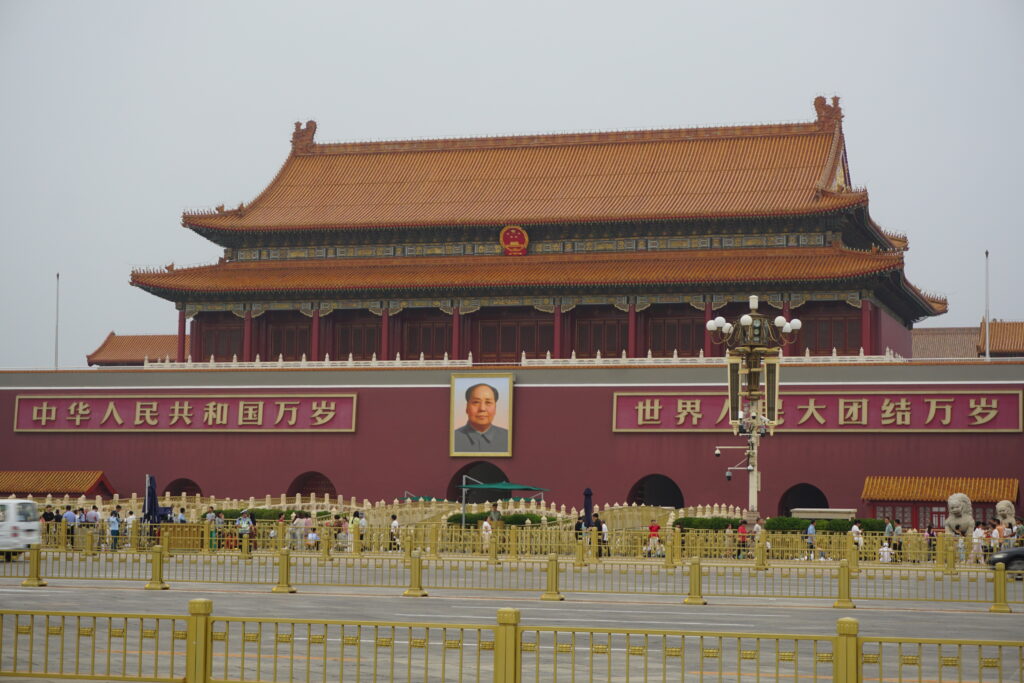
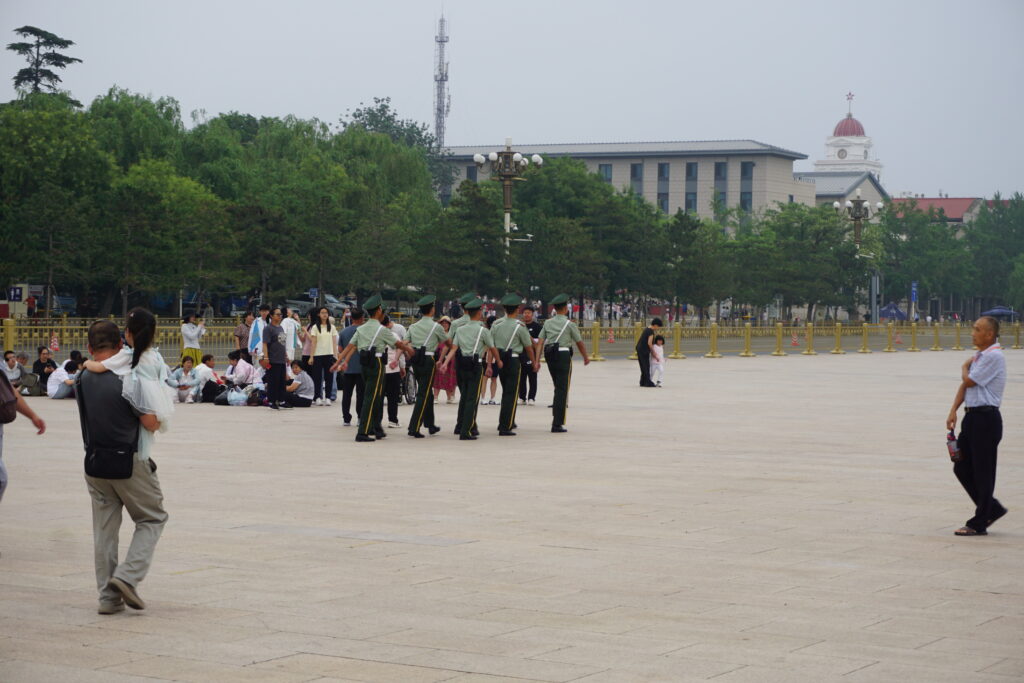
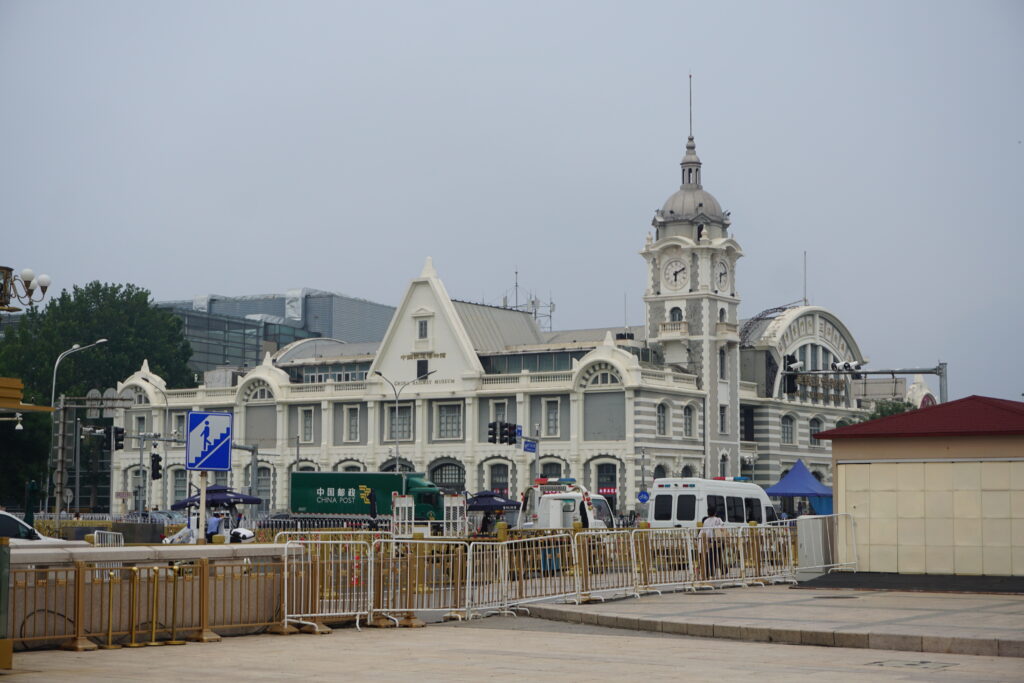
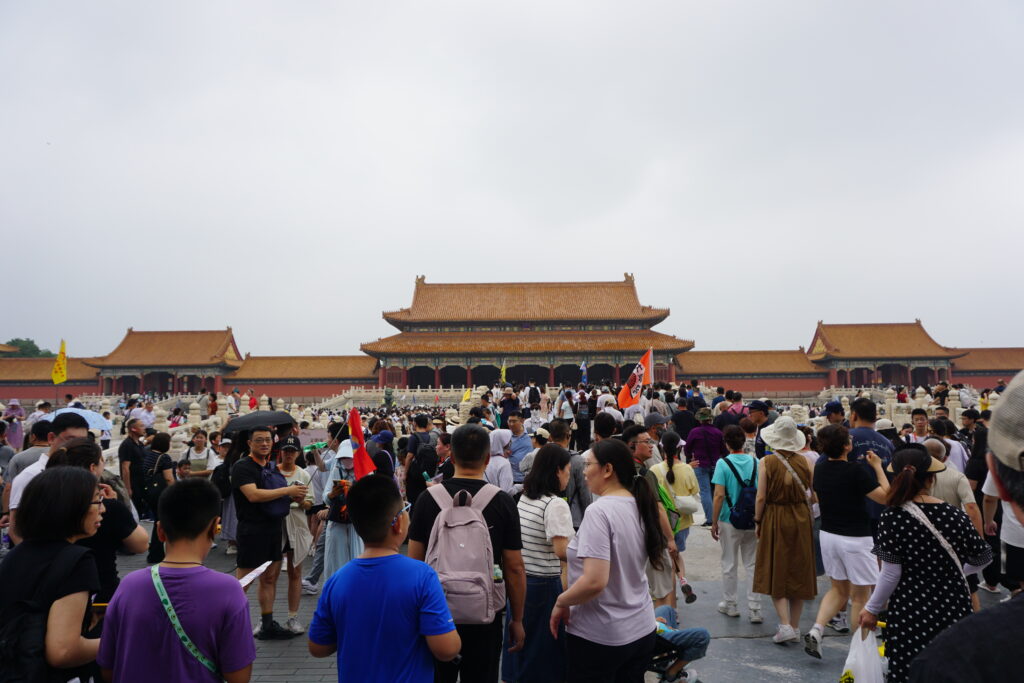
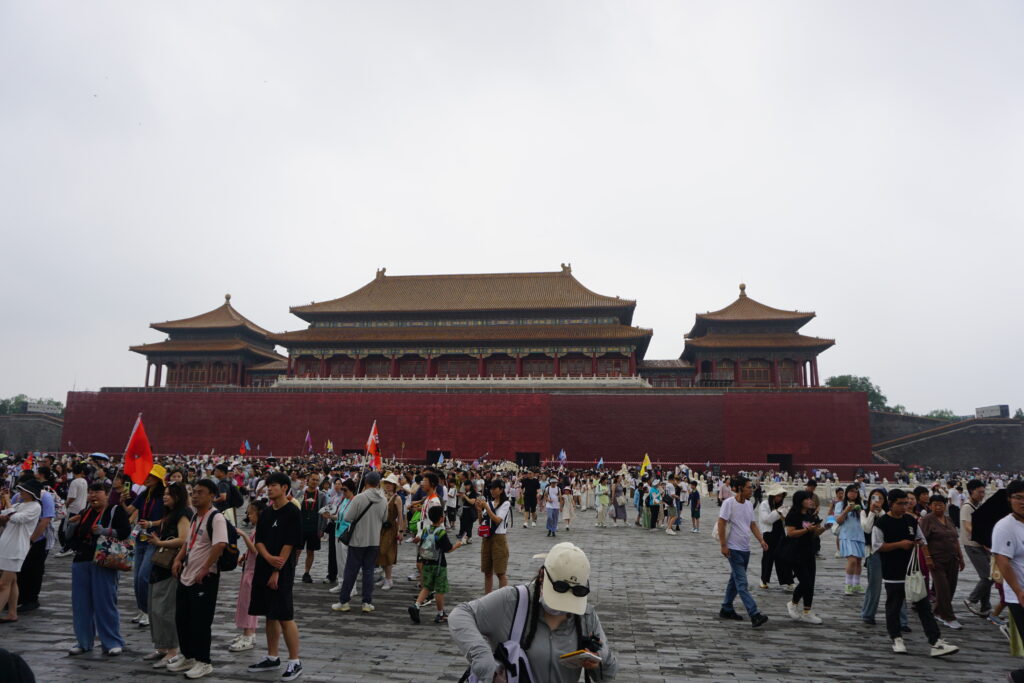
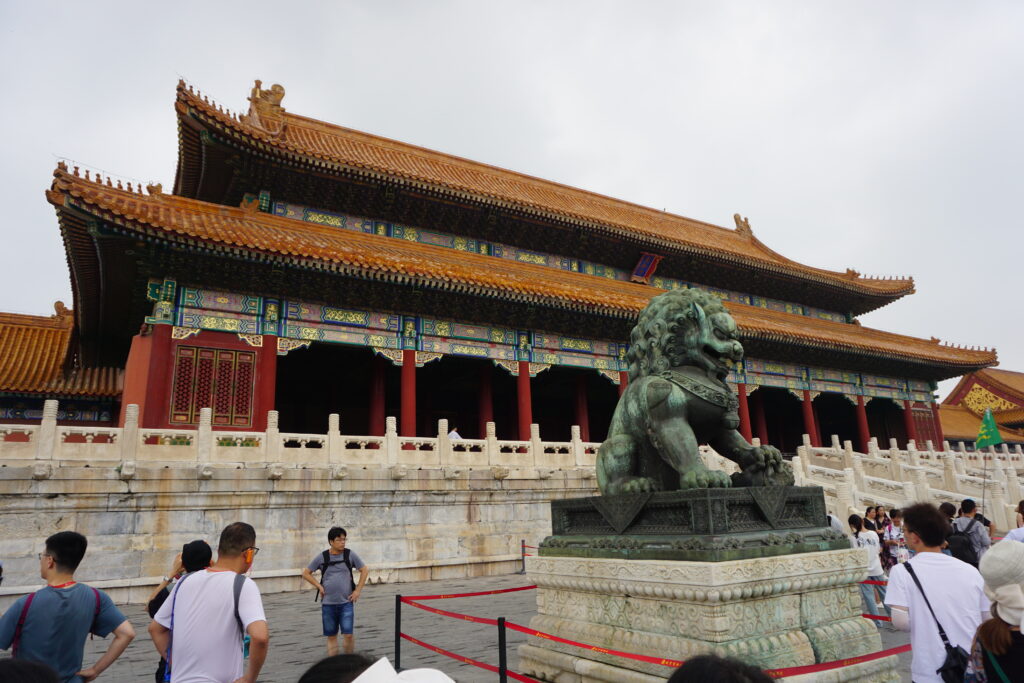
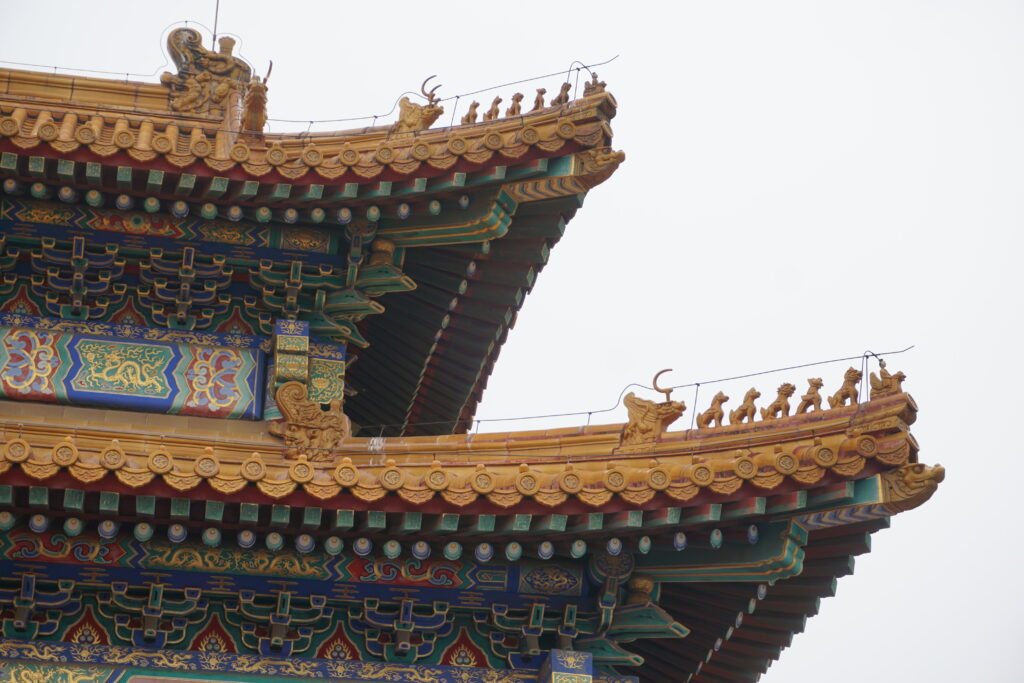
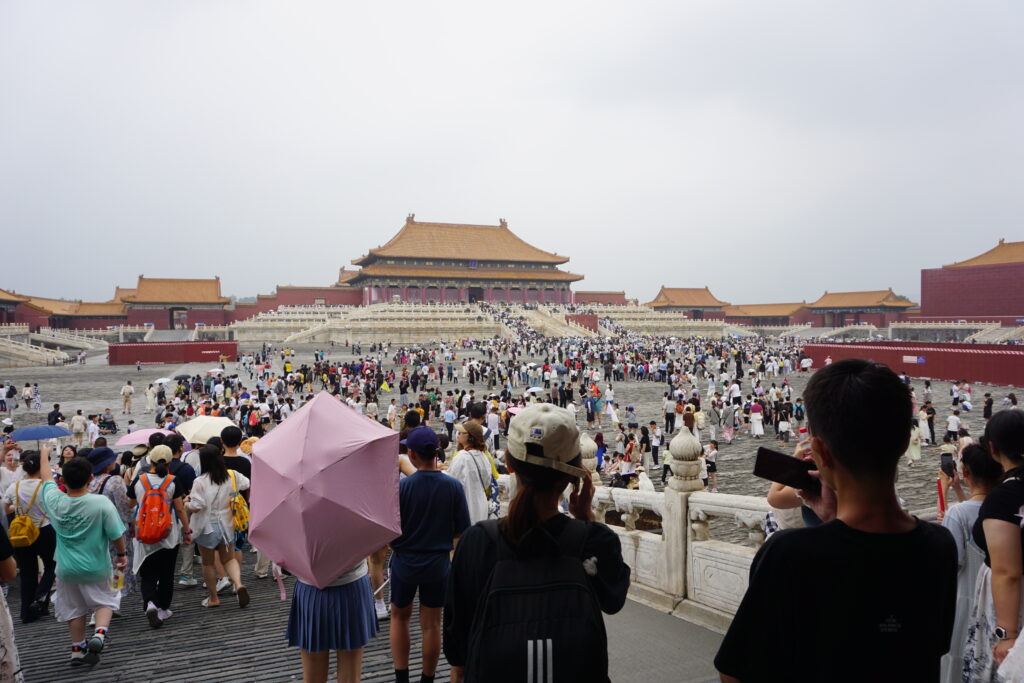
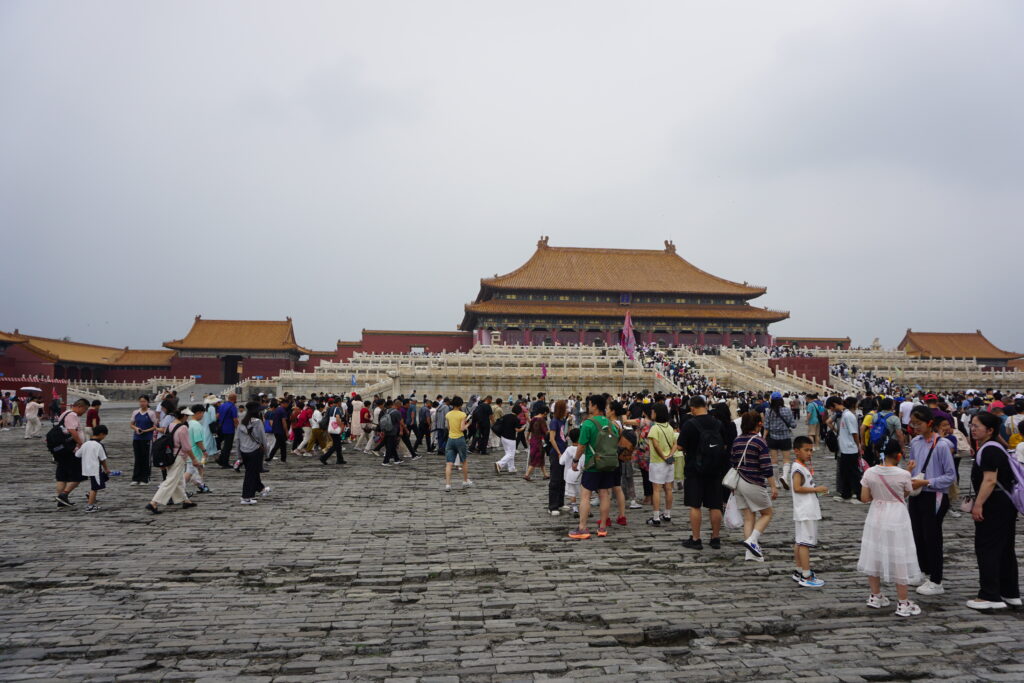
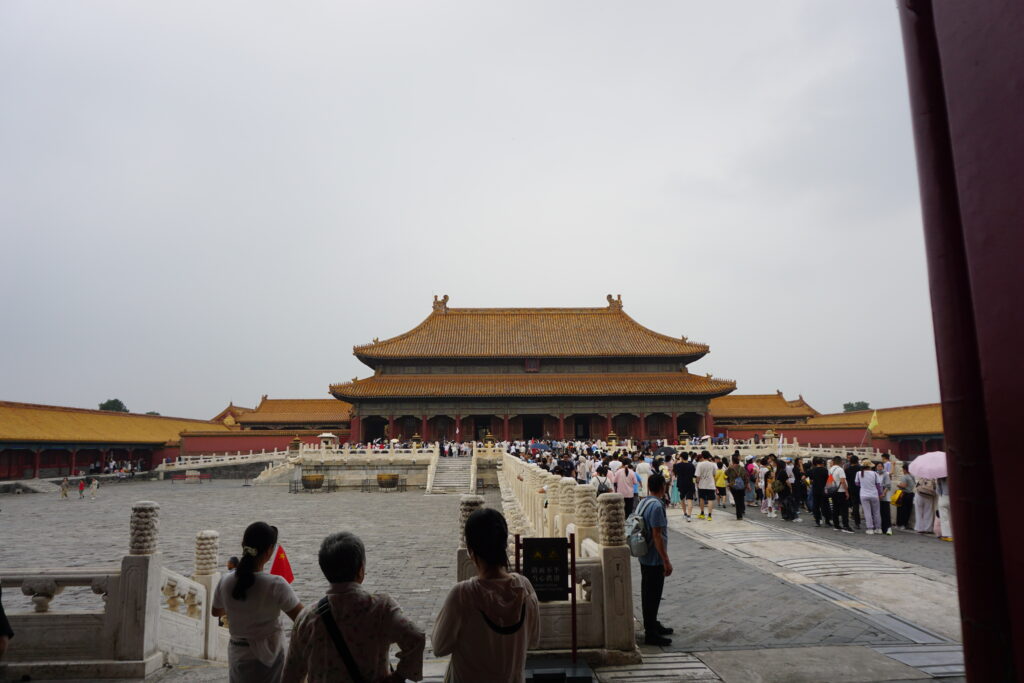
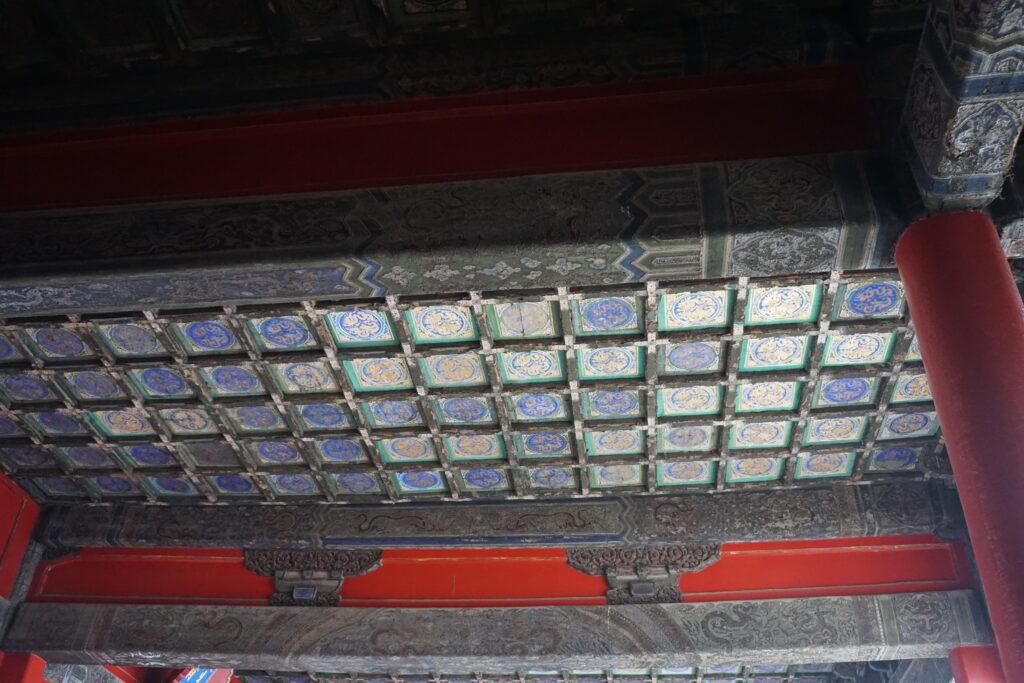
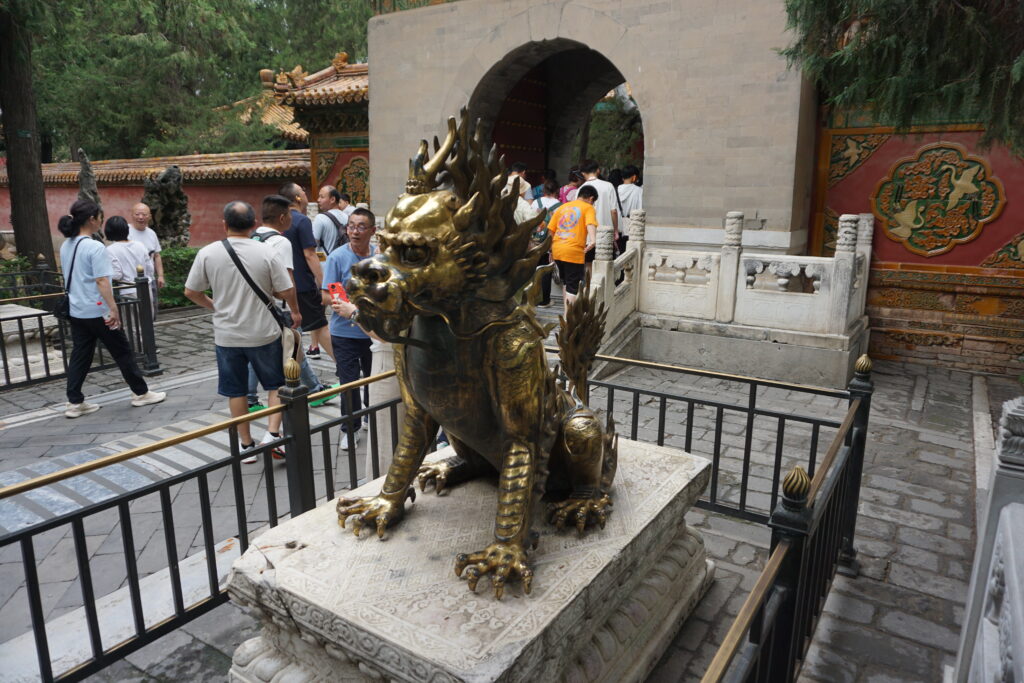
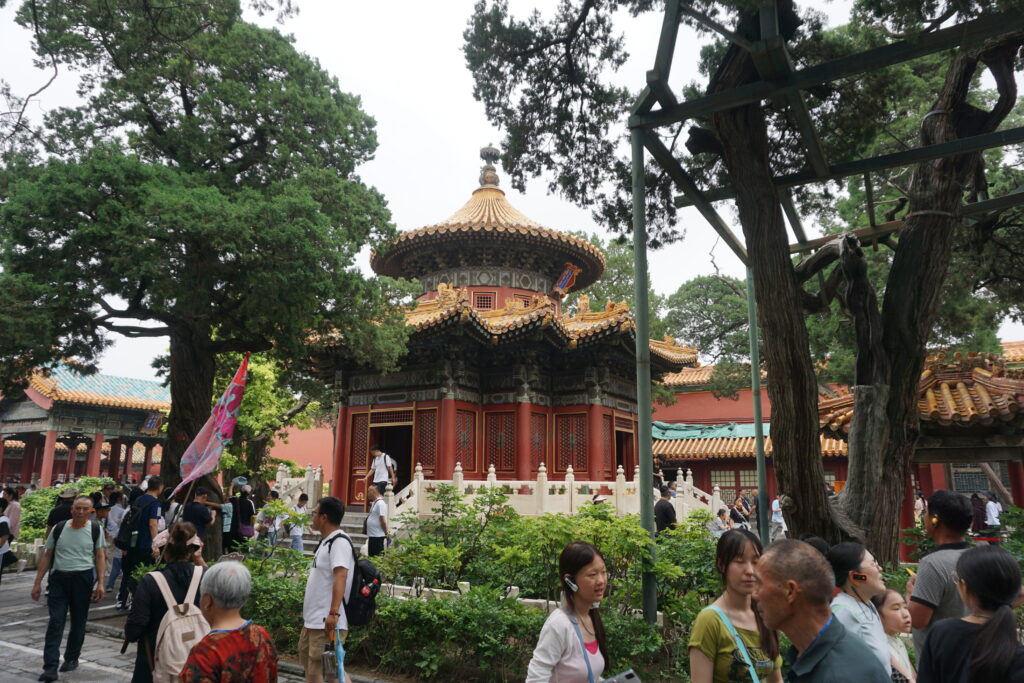
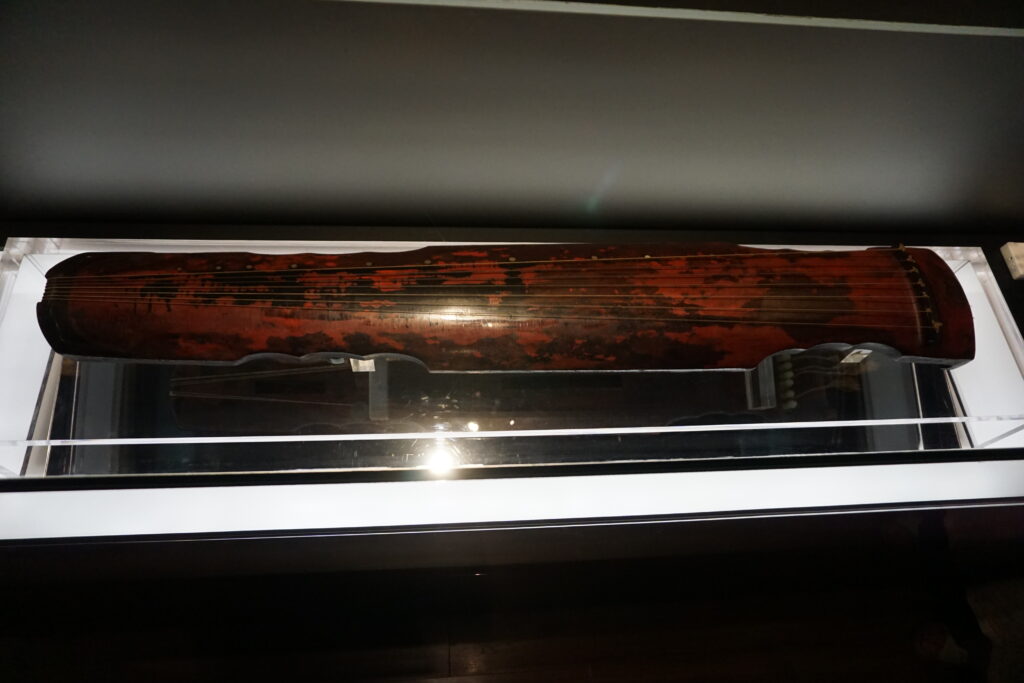
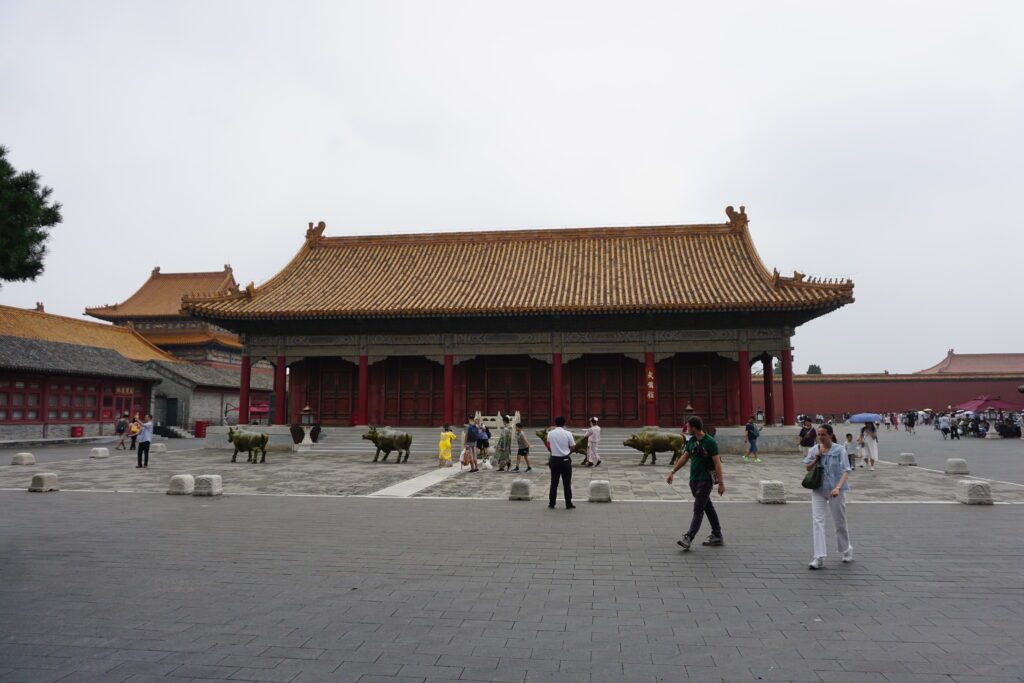
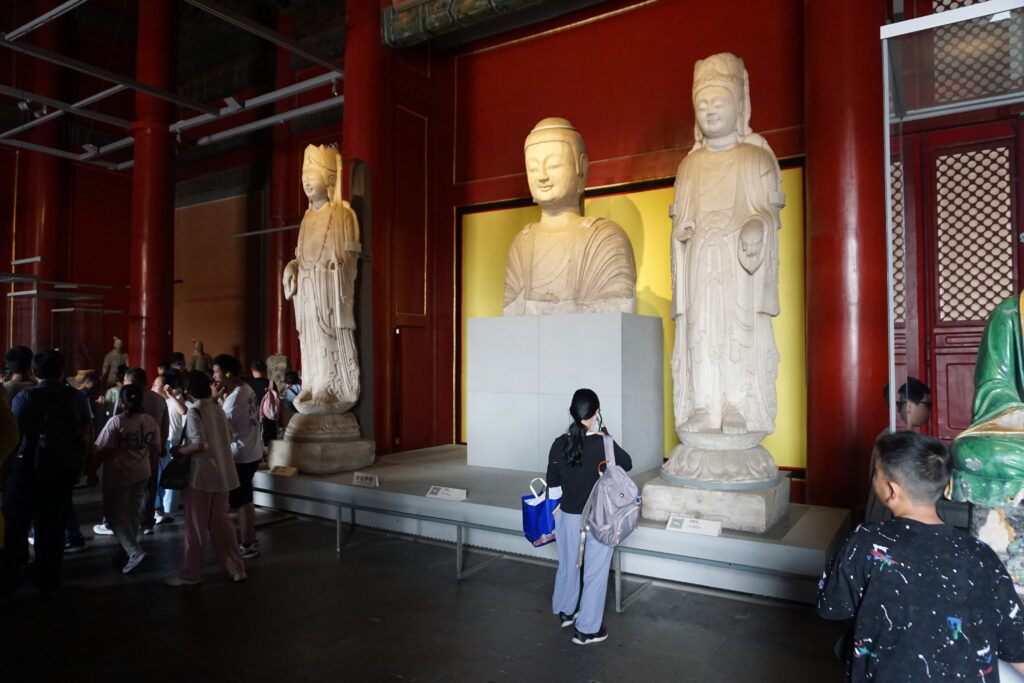
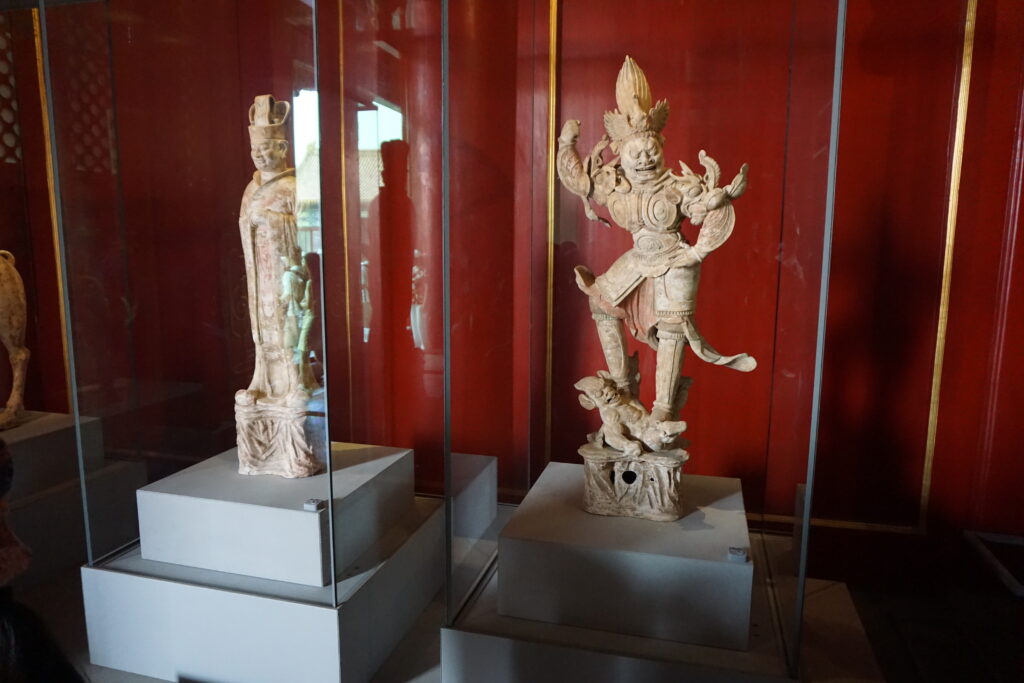
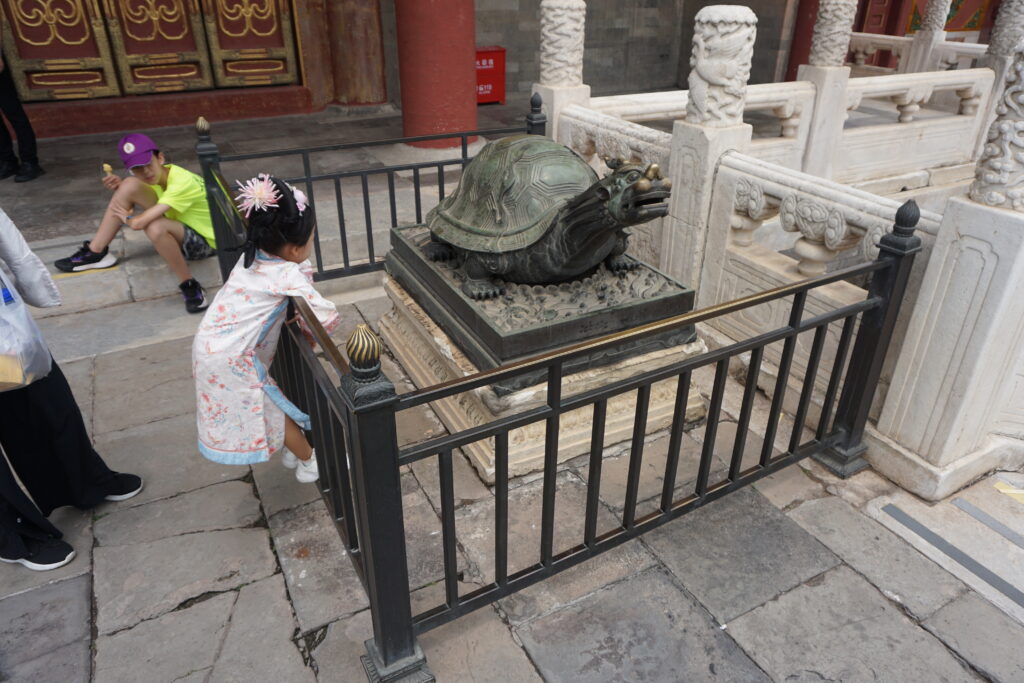
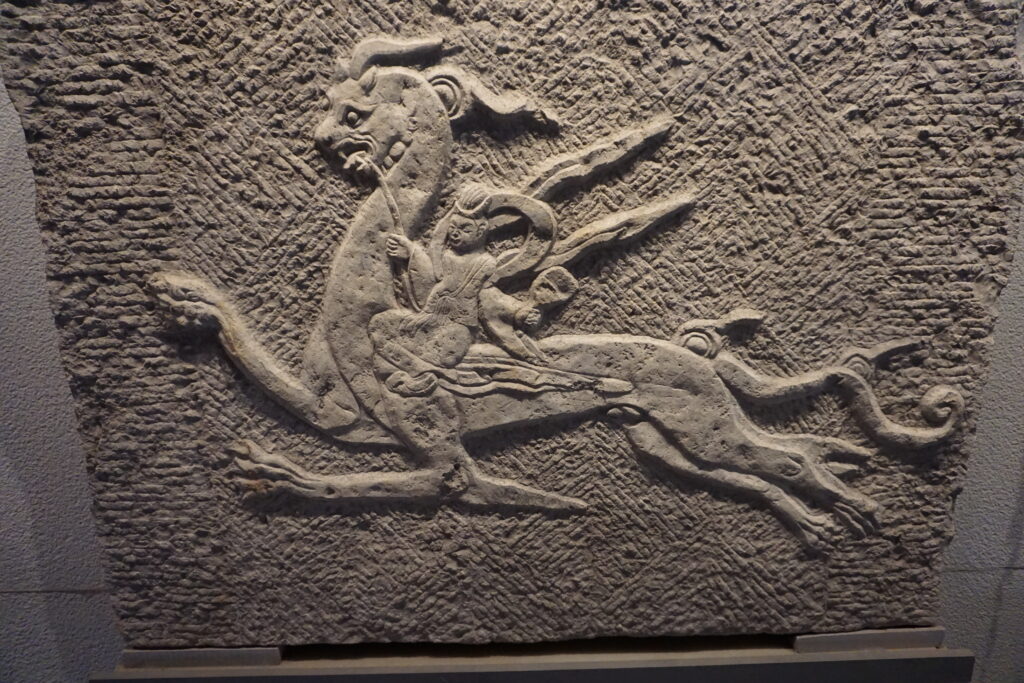
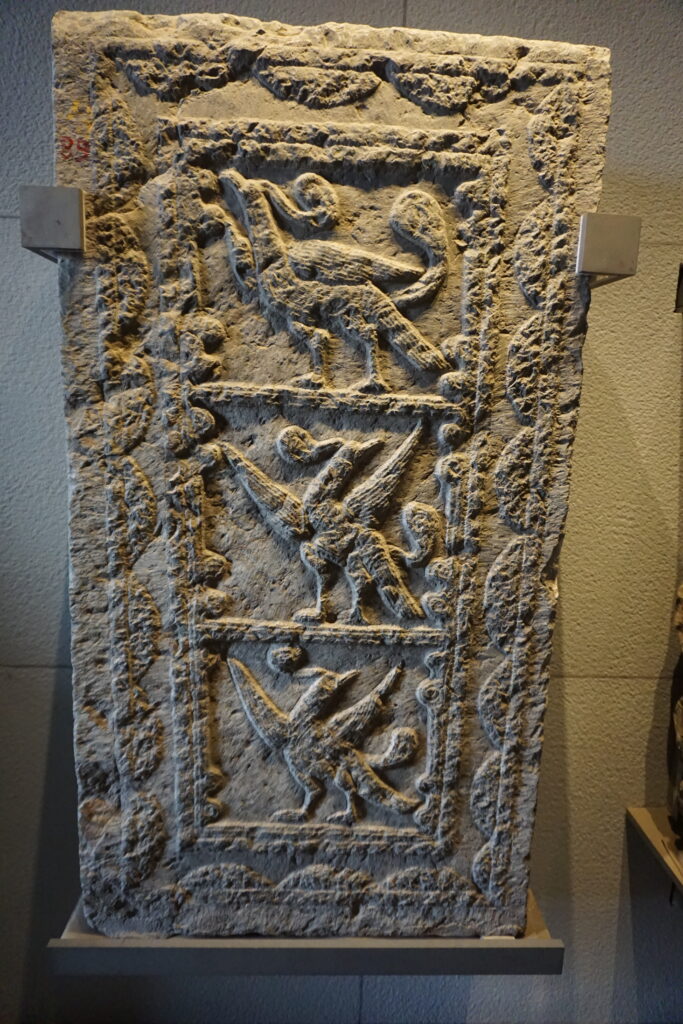
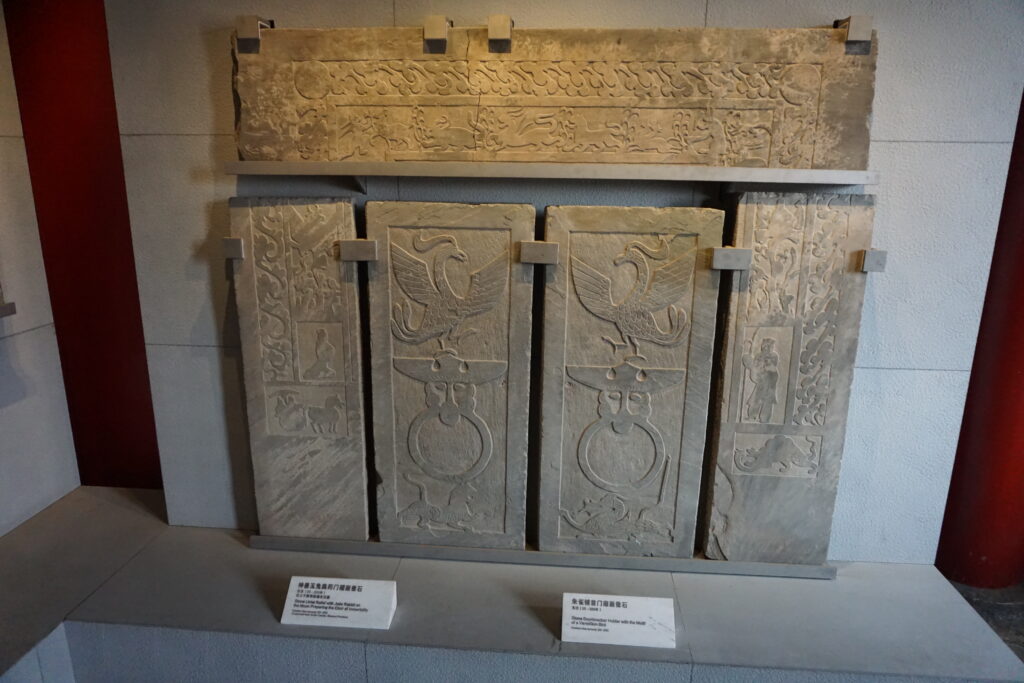
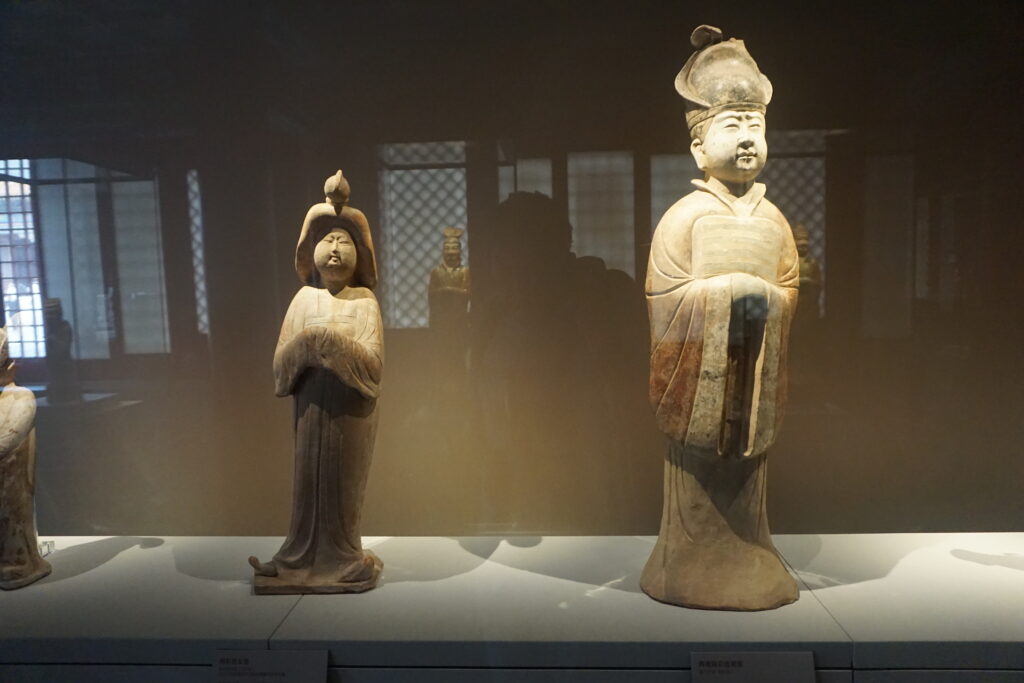
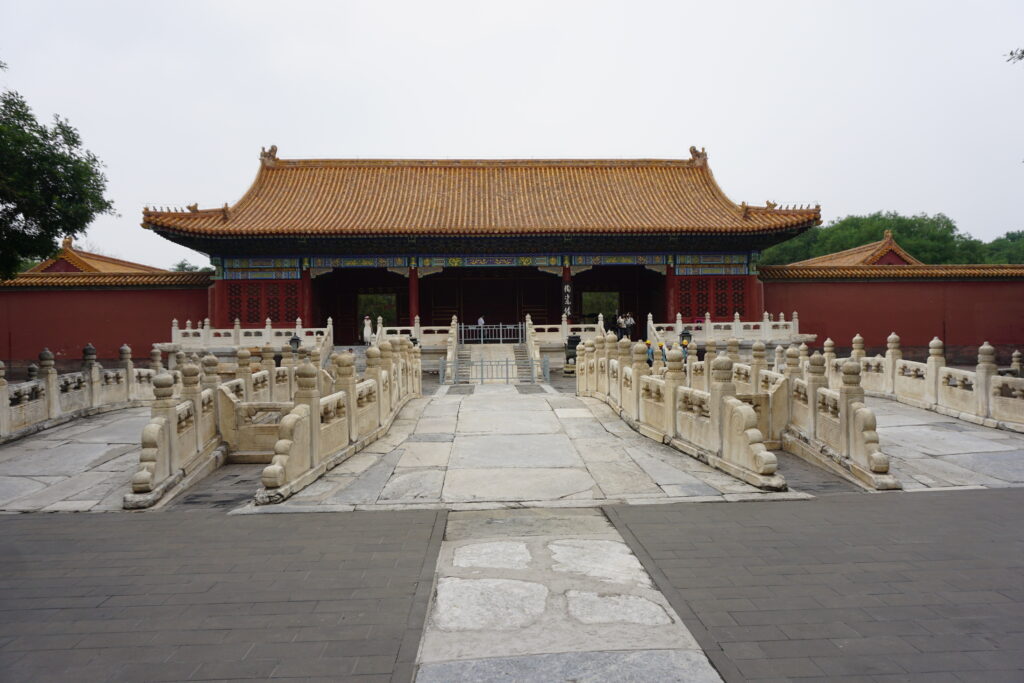
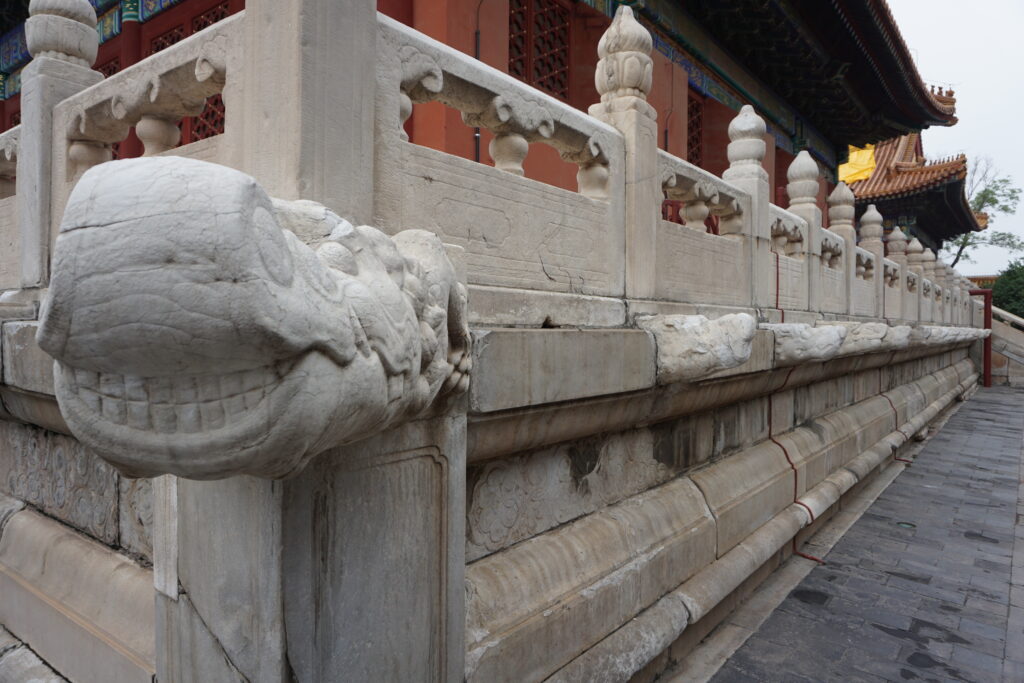
I could not visit China without seeing the Great Wall. I decided to spend my last full day in China on a day trip to Mutianyu, one of the restored sections of the wall. Mutianyu is known for being accessible from Beijing, but not as busy as Badaling. I cannot imagine how busy Badaling must have been, because Mutianyu was completely overrun by visitors. This is likely at least in part due to the fact that in China, everything else is closed on Monday. Additionally, June 30th apparently is the beginning of the Chinese school summer holiday. The place was flooded with tourists, though many of them – both foreign and domestic – had their fill early on and as the heat of the afternoon set in, the crowd diminished substantially.
I underestimated the amount of walking and climbing that would be necessary at the wall. I walked well over 12 kilometers with a lot of elevation gain. I met up with two ambitious Austrian tourists in their early 30s. Like me, they wanted to hike the entire distance of the Mutianyu section of the wall, and felt a bit cramped by our tour bus’s time restrictions. There is a chairlift and a cable car you can take to get to the top of the wall. Not only were these options somewhat expensive, the lines seemed so long that they would have likely lengthened rather than shortened the time necessary to reach the top of the wall. So we opted to hike up a trail to the top of the wall. From there, we hiked toward tower number 20 – the furthest point you can walk to the west on the Mutianyu section of the Great Wall – laboring up the final steep section to the “hero” platform on the Northwest end. After taking photos and absorbing the view, we hiked all of the three and a half undulating kilometers to tower number 1 on the far east end. We made sure there would still be a bus, then hiked back to one of the wall’s exit points near tower number six. From there we descended to the shuttle bus area, then skipped that line and hiked all the way back to the main tour bus pickup location. It was a long day, and I had hiked and climbed a LOT.
The tour bus dropped us off at a different location in Beijing to offer the opportunity for more sightseeing adventures back in the city. No one had the energy to set out on a new task at this point. I put my clothes in the wash, and wandered to one of the very closest restaurants. I had some Hunan Pork. I had earned it after all of the walking.
I briefly considered trying to cram in one more sightseeing venue Tuesday morning. I needed to fold my laundry, do my payroll, pay my bills, and otherwise get ready to fly to Hanoi, Vietnam. There was plenty to do. I got my chores accomplished and visited for a time with some of the other tourists and the hostel staff. I took the metro to the airport, and had a decent lunch in the lounge awaiting my points-bought business class flight to Hanoi.
